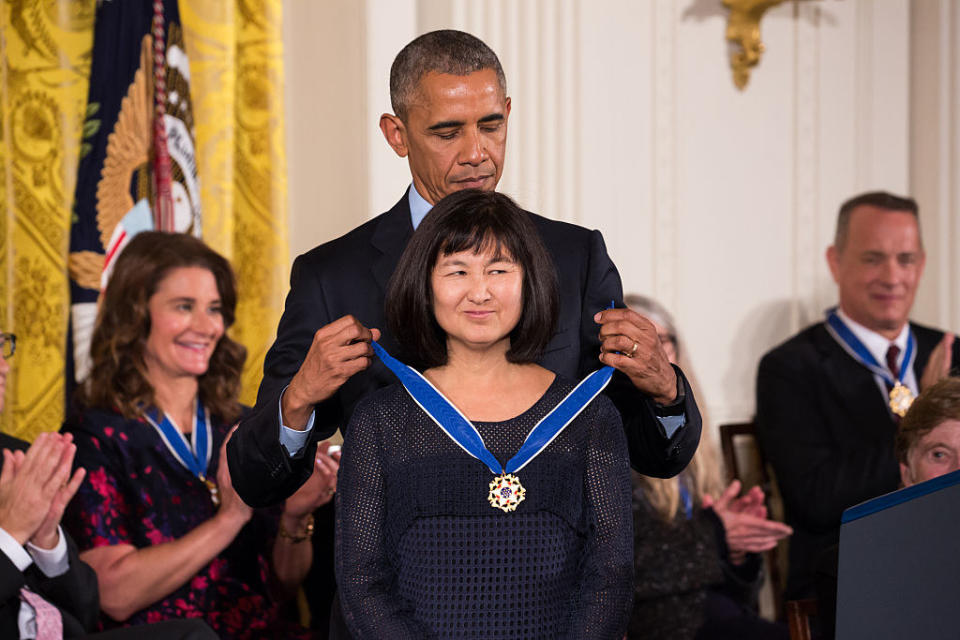The Youngest Survivor Of The Titanic, The Real-Life Inspiration For The Rosie The Riveter Poster, And 22 Other Women Whose Amazing Stories You Should Know About
- Oops!Something went wrong.Please try again later.
- Oops!Something went wrong.Please try again later.
- Oops!Something went wrong.Please try again later.
There's truly nothing more inspiring than hearing the stories about incredible women who broke barriers and made history.
CFDA / Via giphy.com
Here are 24 women in history whose stories you definitely should know about, from athletes who paved the way for women in sports to political figures who advocated for equal rights.
1.Julia "Butterfly" Hill is an environmental activist who lived in a tree for 738 days to protest the clearing of ecologically significant forests. After a near-fatal car crash in 1996, Hill began to reconsider what mattered to her, and found herself drawn to environmental causes. When she learned about the ways the Pacific Lumber Company's practices were damaging the environment, Hill decided to stage a protest.

From Dec. 10, 1997 to Dec. 18, 1999, Hill lived in a 1,000-year-old redwood tree named Luna. She lived on a 6-foot by 8-foot platform that was shaded by tarps, and she communicated via cellphone. Environmental activist groups provided her with supplies, as Hill dealt with inclement weather and illness. The Pacific Lumber Company would use loudspeakers and bright lights to attempt to force Hill down. After over two years in the tree, she reached a settlement with the company that guaranteed protection for the forest and also included a $50,000 grant for forestry research.
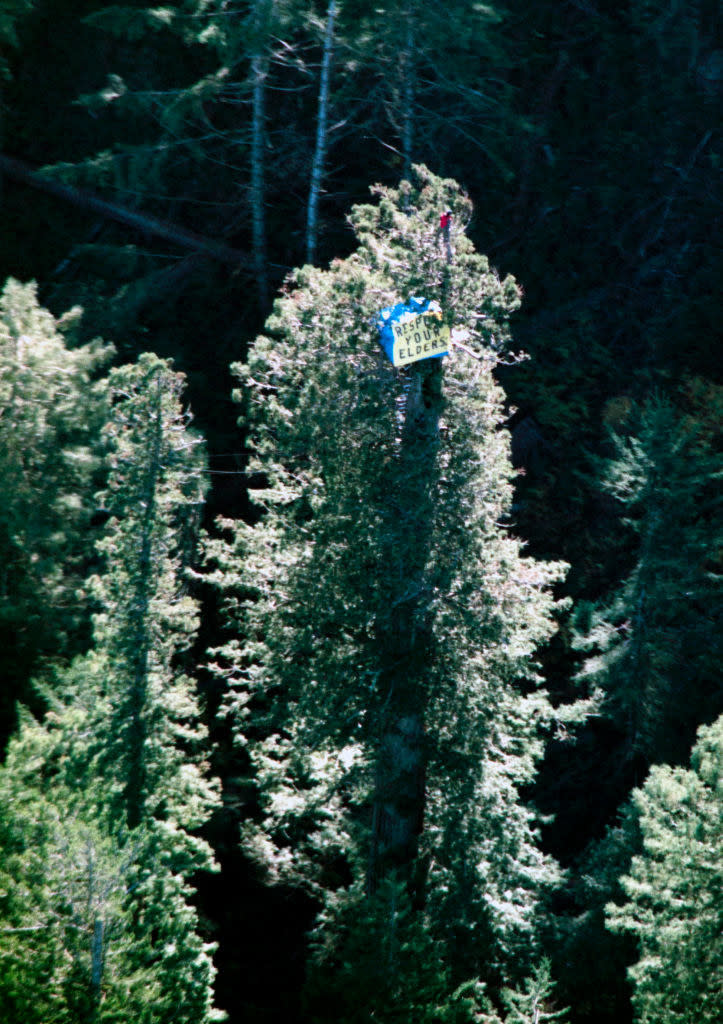
2.You might know her as Madame Tussaud, but Marie Grosholtz was the woman behind those iconic wax figures. Grosholtz was born in France in 1761, where she developed an interest in wax figures. She worked as an apprentice under Philippe Curtius, a Swiss master of wax anatomy. Under his guidance, Grosholtz began not only making casts of internal body parts but also modeled the outward appearances of public figures.
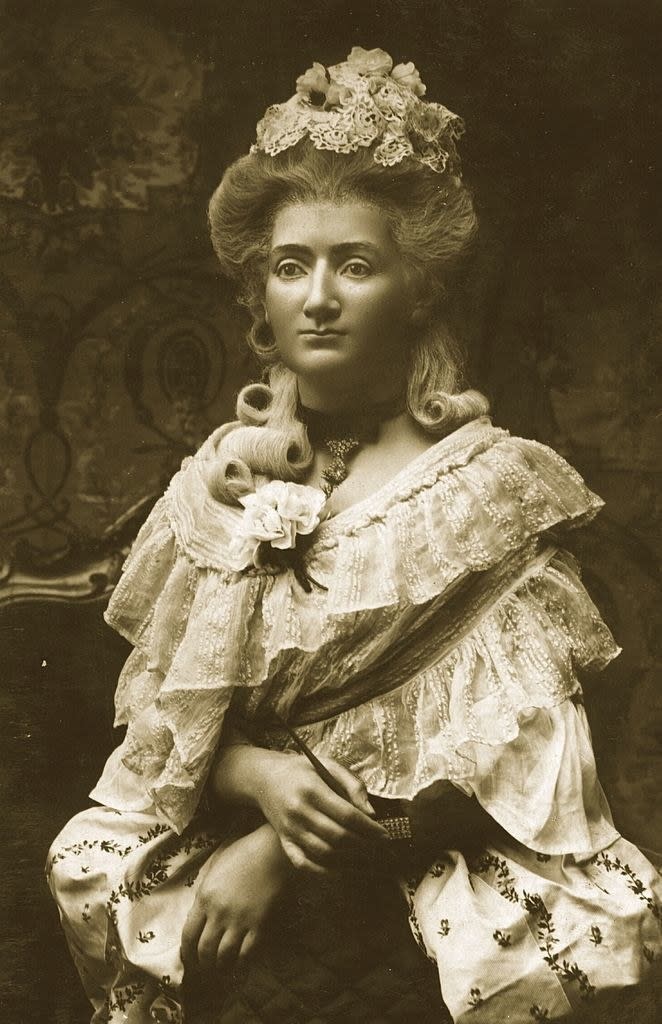
During the French Revolution, Grosholtz started casting guillotined heads and decomposing bodies. The profession became increasingly dangerous, especially as Grosholtz began breaking laws for having casts and molds of people who were no longer acceptable in the eyes of the French government. As a result, she was jailed. Upon her release, she escaped to England, where she held exhibits of her figures, creating the first version of her wax museum.

3.Barbara Jordan was both one of the first Black women and the first LGBTQ+ woman in Congress. Jordan became close with President Lyndon B. Johnson, who appointed her to key positions in Congress and placed her on the House Judiciary Committee. During President Nixon's impeachment trial, Jordan memorably delivered the opening statement, during which she emphasized the way Black Americans were not initially included in the "We the people" statement and were still fighting for equality. This passionate speech led her to become the first Black woman to deliver the keynote address at a Democratic National Convention.

While in Congress, Jordan fought tirelessly for women's rights. She sponsored a bill that would have granted stay-at-home moms Social Security benefits due to their work at home. Jordan was diagnosed with multiple sclerosis in 1973, but continued to teach at the University of Texas, and she earned 25 honorary doctorate degrees. Jordan did not publicly disclose her sexuality while in office, but her longtime partner, Nancy Earl, helped Jordan write her speeches and served as her aide after she was diagnosed with MS. She was awarded the Presidential Medal of Freedom and became the first Black person to be buried with the politicians in the Texas State Cemetery. Her relationship with Earl was revealed in her obituary.

4.Frances Perkins became the first female Secretary of Labor after witnessing the horrors of the Triangle Shirtwaist Factory fire. Perkins was having tea with friends in New York City when she heard sirens. She followed them to the Triangle Shirtwaist Factory, where she witnessed dozens of women jumping out of the building to escape the fire. Soon after, Perkins became dedicated to labor causes, and was hired as the executive secretary of a citizen's safety committee on the recommendation of President Theodore Roosevelt.
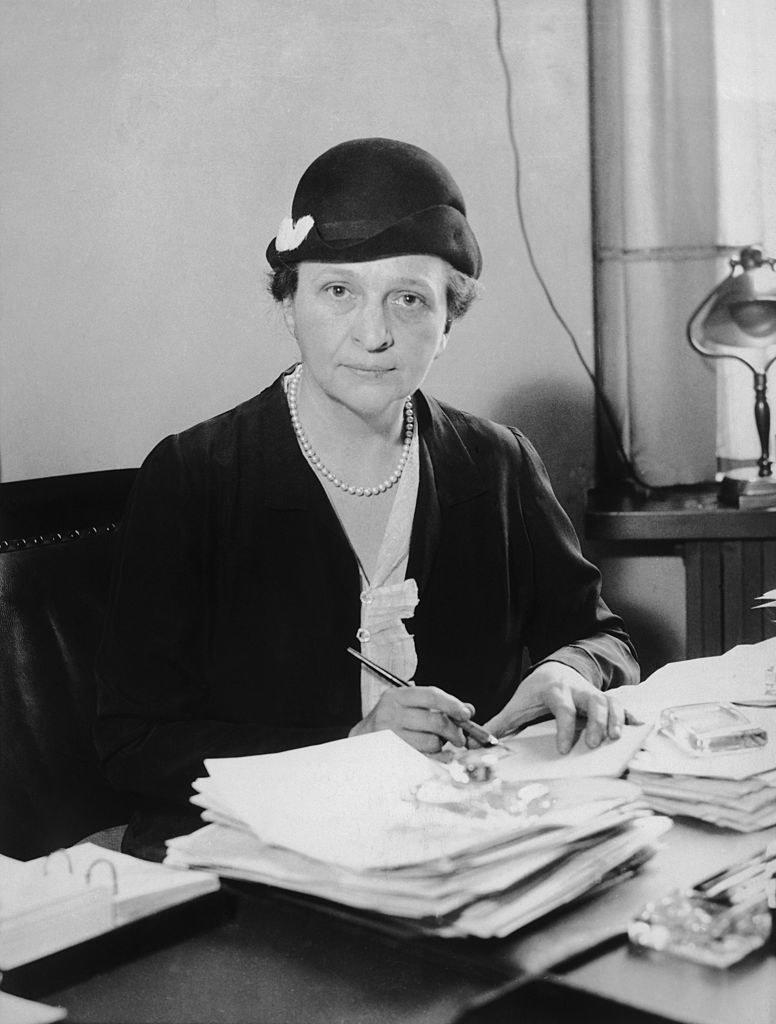
Perkins's work on the committee helped create laws that made workplaces safer than ever. By 1928, she served as New York's Industrial Commissioner while Franklin Delano Roosevelt was governor. When Roosevelt was elected president in 1932, he tapped Perkins to become the first female Secretary of Labor. She went on to help develop key elements of Roosevelt's New Deal, and was the nation's longest-serving labor secretary. Perkins was a driving force in getting people back to work after the Great Depression, and even fought for universal healthcare while in office.
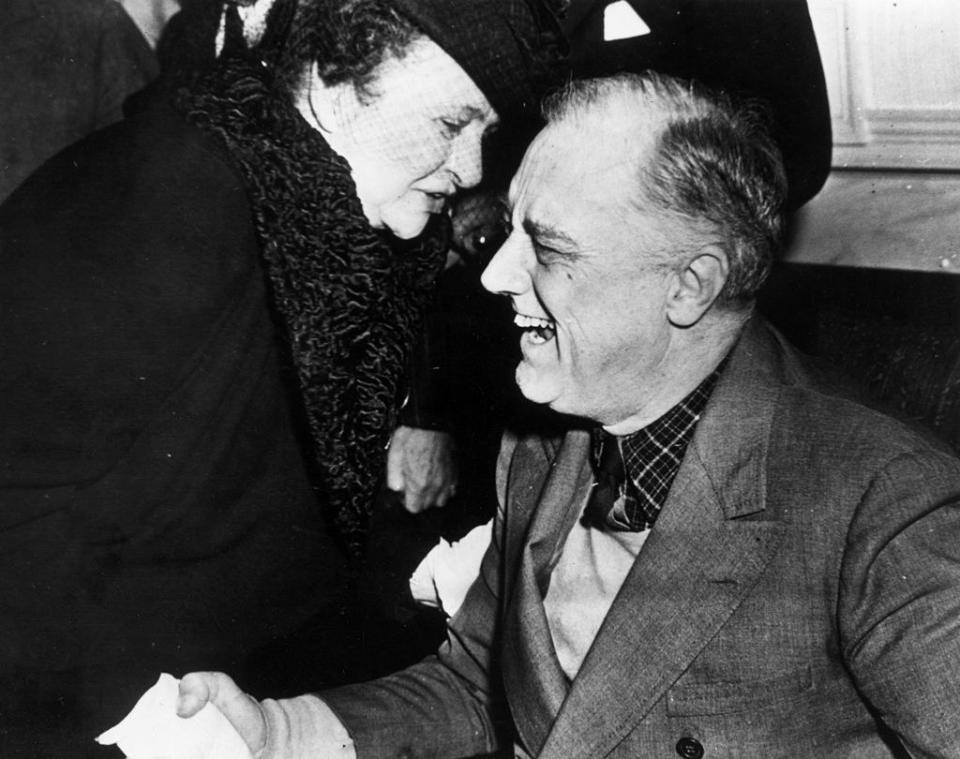
5.Millvina Dean was the youngest survivor of the Titanic and ended up being the last living survivor of the tragedy before her death in 2009. Dean was just 9 weeks old when the Titanic sunk in 1912. Legend has it that Dean's mother and older brother got a lifeboat and waited for the infant to be lowered down to them in a canvas mailbag. Dean's father stayed behind and did not survive. When the story about Dean's survival broke, she became a pint-sized celebrity. After landing in America, Dean's mother decided she would return to England with her children.
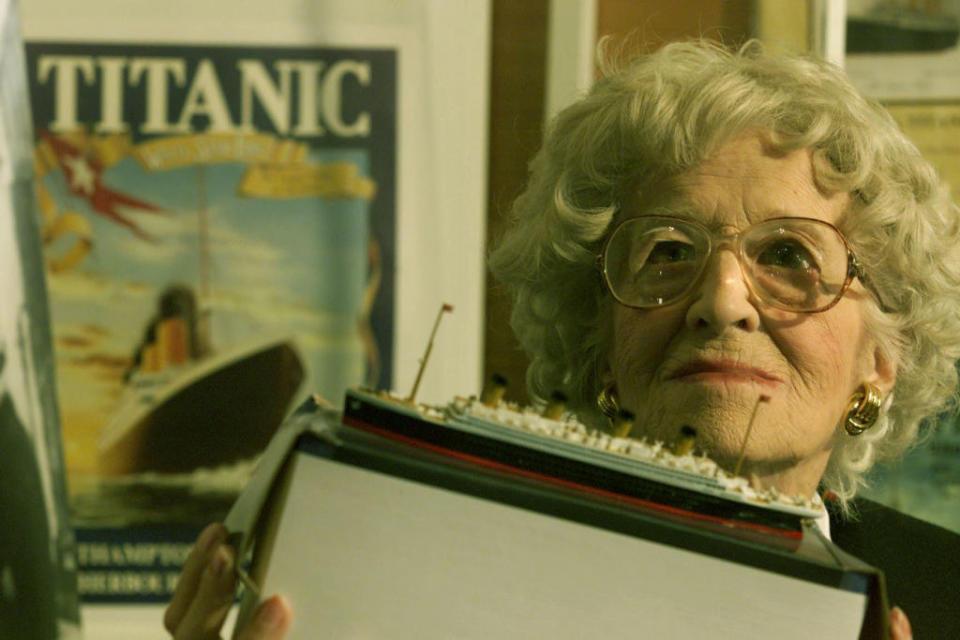
On their boat voyage home, people lined up to get the chance to hold her. "[She] was the pet of the liner during the voyage, and so keen was the rivalry between women to nurse this lovable mite of humanity that one of the officers decreed that first- and second-class passengers might hold her in turn for no more than 10 minutes," the Daily Mirror wrote. When Dean grew up, she worked as a cartographer during World War II. Later in her life, she made several public appearances related to the Titanic, but refused to see James Cameron's 1997 movie about the tragedy. Despite this, James Cameron and Titanic stars Kate Winslet and Leonardo DiCaprio all contributed to a fund to cover Dean's healthcare.
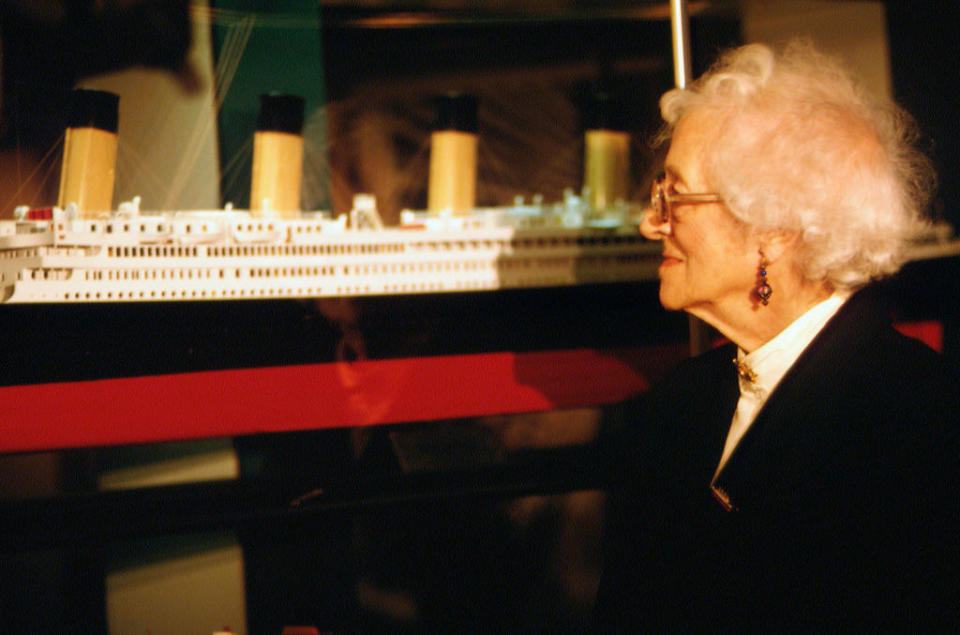
6.You probably knew Josephine Baker was an Old Hollywood legend, but did you also know she was a spy for the French Resistance during World War II? Baker, whose parents were also performers, made a name for herself as a dancer in vaudeville shows. She moved to New York City and was a key figure in the Harlem Renaissance, until she headed to Paris, where her fame exploded. By the time World War II dawned, Baker had decided she wanted to take part in the war effort, and served as a French spy.
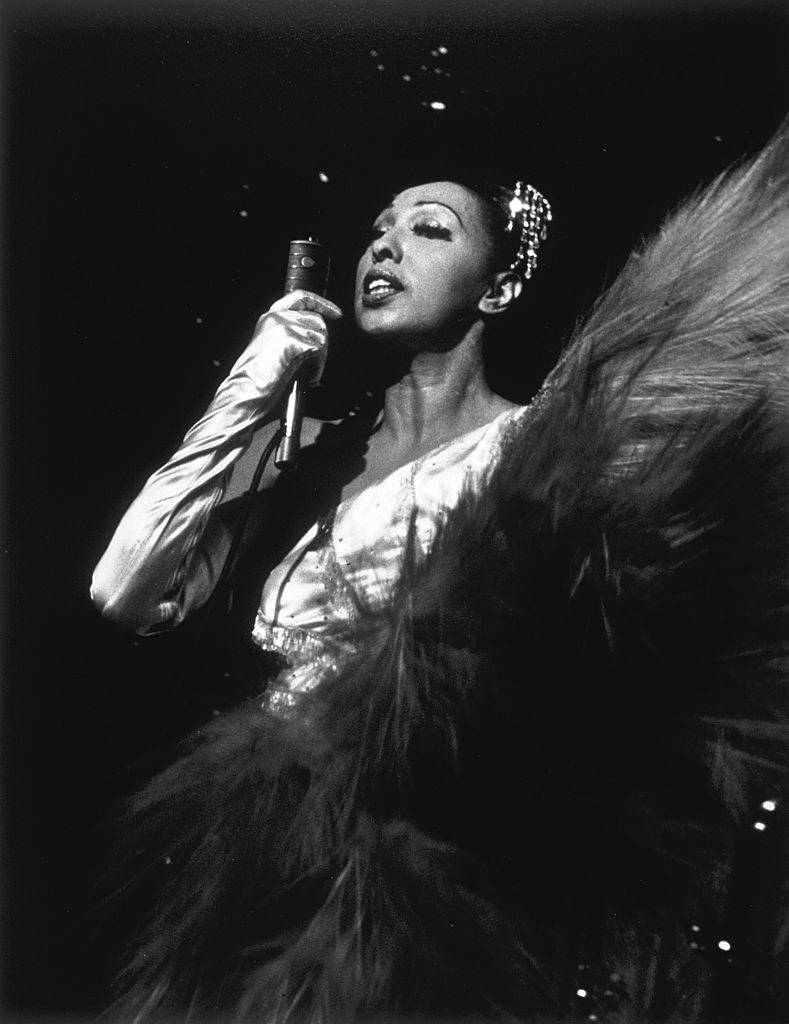
Baker performed in front of enemies, then passed along secrets and information she heard during the show to the French military. She would write details on sheet music with invisible ink to give to the French. After the war, she returned to the United States. As the civil rights movement gained traction, Baker refused to perform for segregated audiences, and spoke at the March on Washington in 1963. She was recognized by the NAACP for her efforts.
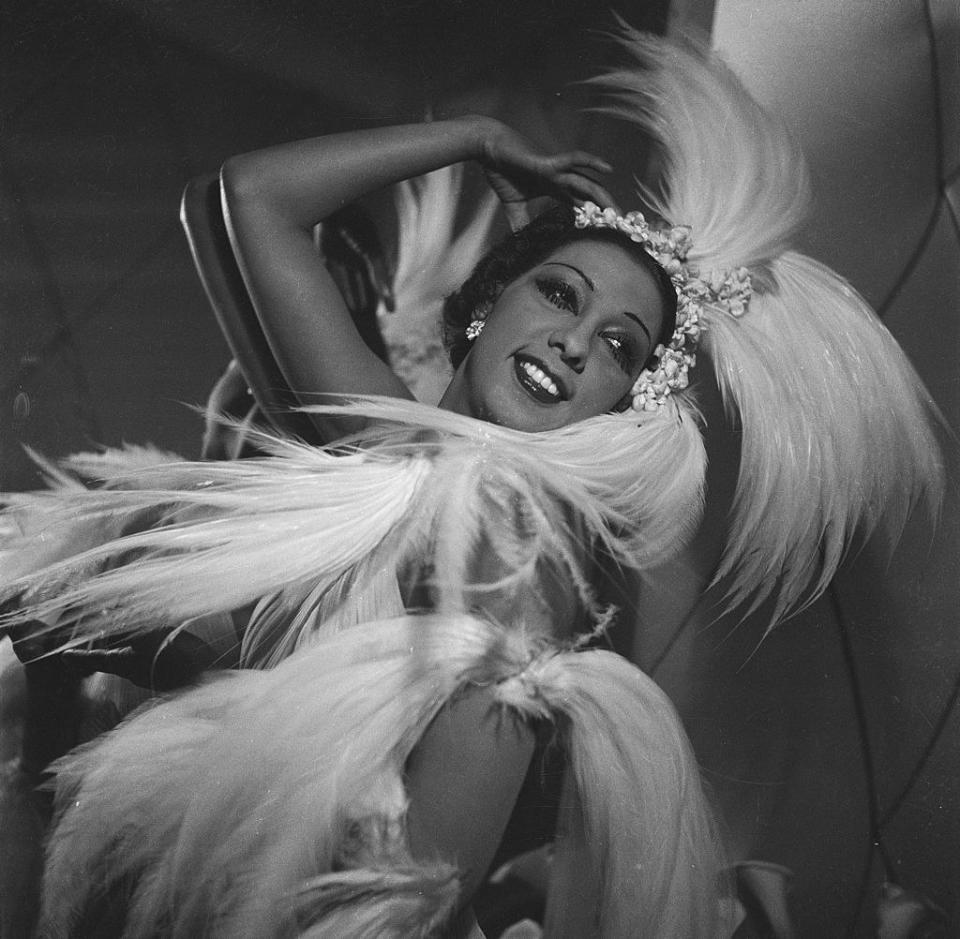
7.Charlotte Cushman was a 19th-century theater icon who challenged gender roles. As a young woman, Cushman trained for the opera after being encouraged by her mother, and went on to star in several operas before her singing voice began to deteriorate. Cushman decided to turn to traditional stage acting, where she began playing men in Shakespearean plays, including Romeo in Romeo and Juliet, and Hamlet in Hamlet.

Through her career, Cushman played about 30 male roles. Cushman also was known for her refusal to conform to traditional gender standards. She never married, and instead lived in a community of "jolly female bachelors." Together, these women wore men's clothing, created art, and fought for equality for working women.
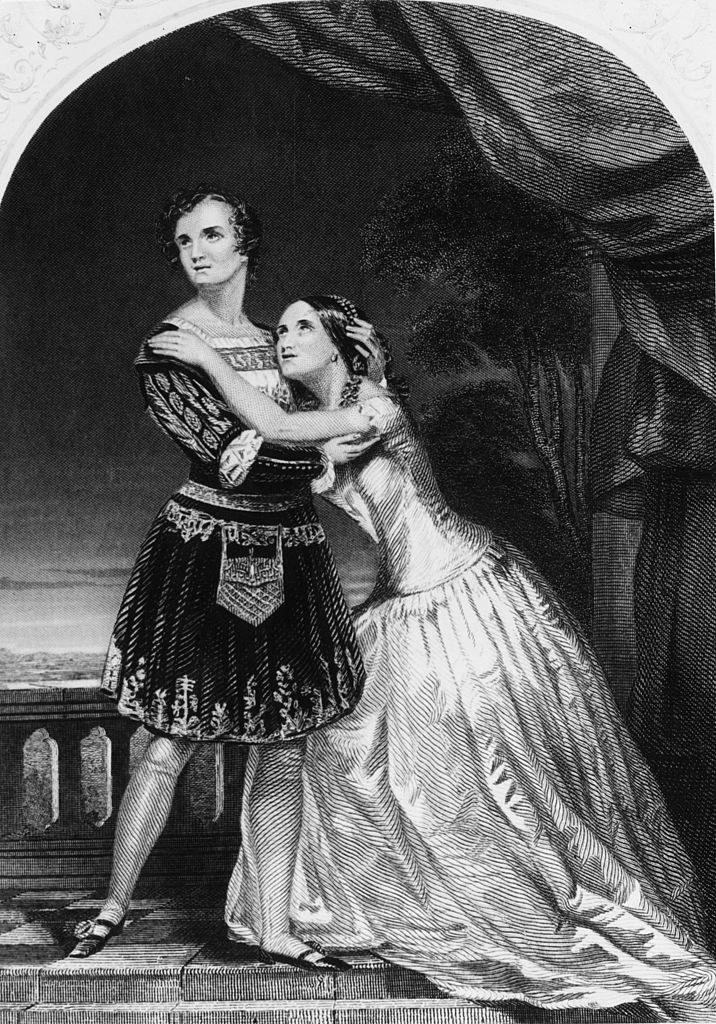
8.Chien-Shiung Wu, who was believed to be the only Chinese person to be part of the Manhattan Project, was known for disproving a law of nature that had previously been believed for decades. Wu worked as a senior scientist on the development of the atom bomb in the 1940s and developed a process for uranium enrichment. She also was known for developing improved Geiger counters, which were instrumental in detecting radiation levels.
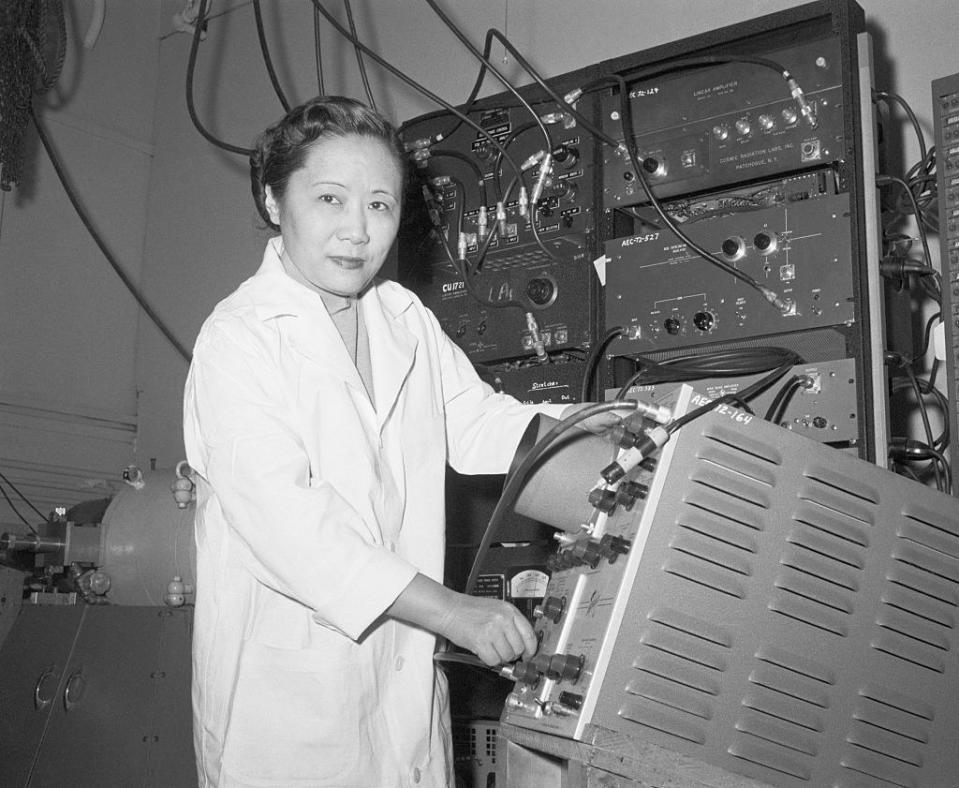
After the Manhattan Project wrapped, Wu was offered a position at Columbia University. In the mid-1950s, she was approached by Tsung-Dao Lee and Chen Ning Yang, two theoretical physicists who wanted to disprove the law of conservation of parity, which essentially stated that two mirrored physical systems behave in the same way, without differentiating between left and right. Wu ended up contributing to the research that finally disproved the theory. Despite her work, only Lee and Yang won the 1957 Nobel Prize for the finding.
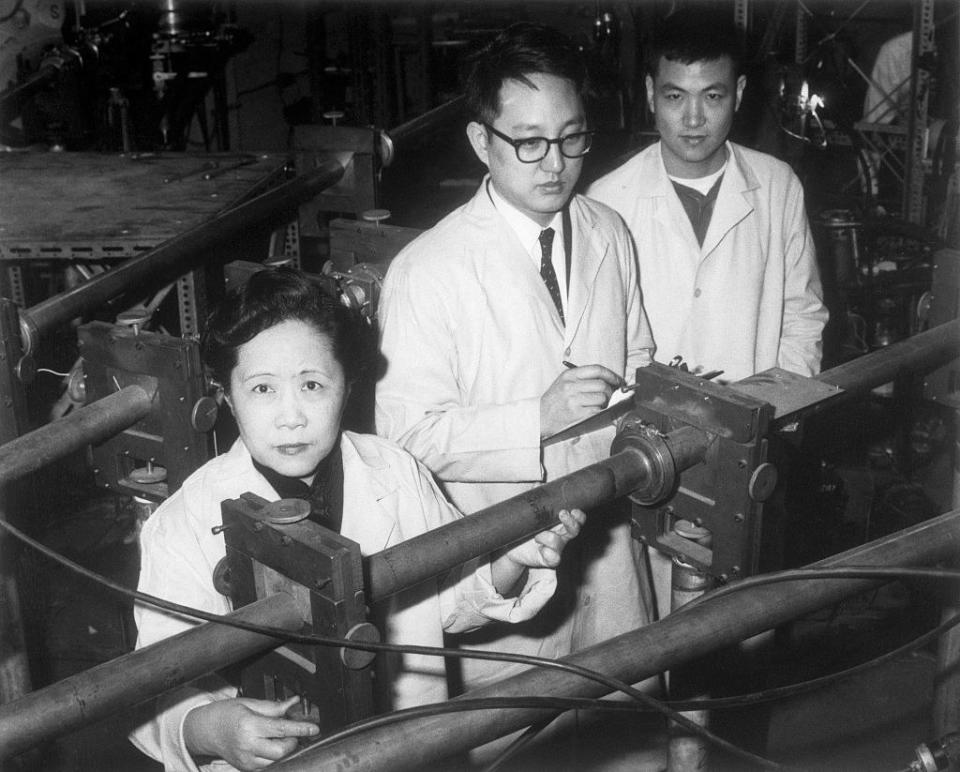
9.Before the 1950s, most TV programming for children was strictly for entertainment and didn't have much, if any, educational value. In 1952, TV execs sought to change this and asked Frances Horwich, a teacher who had been known for supervising the development of preschools in Chicago following the Great Depression, to host Ding Dong School, a show designed to both educate and entertain. The first episode of the show aired in Chicago in October 1952, and soon the network was flooded with letters about how much their children loved the show. Within months, NBC decided to broadcast Ding Dong School all over the country.

Horwich, who had years of experience in education, notably refused to cater to the network's demands if they didn't align with educational goals. In one instance, the network tried to paint strawberries a more vibrant shade of red to allow them to pop on the broadcast. Horwich refused, saying it compromised her show's integrity. After seeing the success of the show, NBC approached her about extending the episode length to 60 minutes each. She declined because she believed children didn't have an attention span to sit through shows longer than 30 minutes.
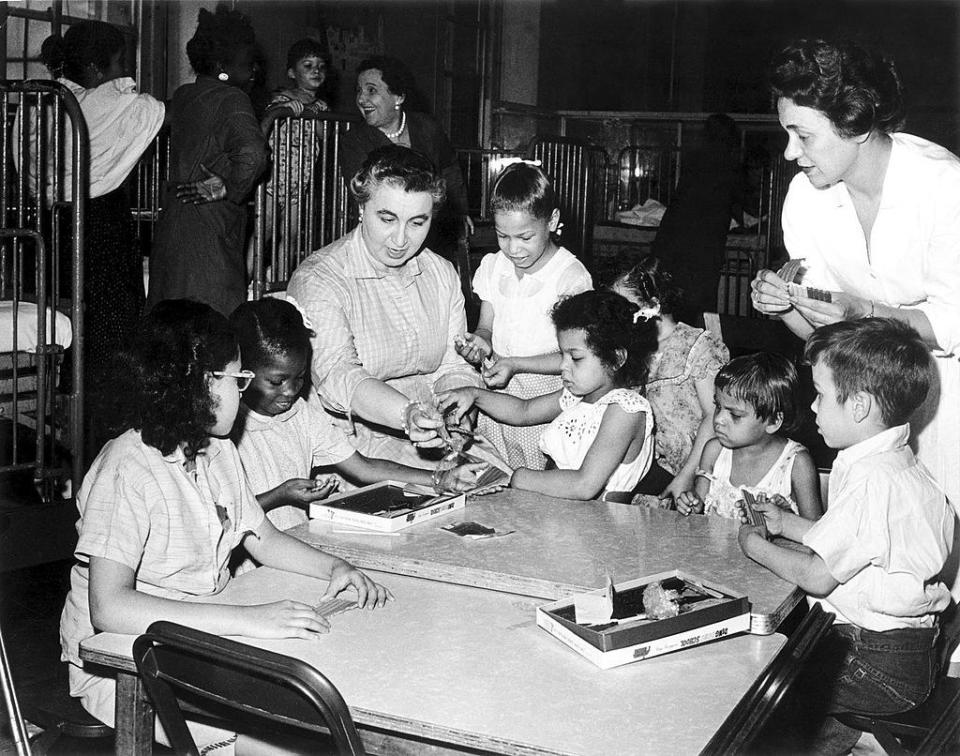
By this point, NBC was well aware of Horwich's expertise and offered her a job as their corporate supervisor of children's programs. In 1956, she learned NBC planned to air an ad from the maker of BB guns during Ding Dong School. Horwich was horrified and refused to allow the ad to air. NBC canceled the show as a result. The network received over 100,000 letters from fans begging them to bring the show back. The show finally returned to syndication, and later paved the way for programs like Mister Rogers' Neighborhood and Sesame Street.
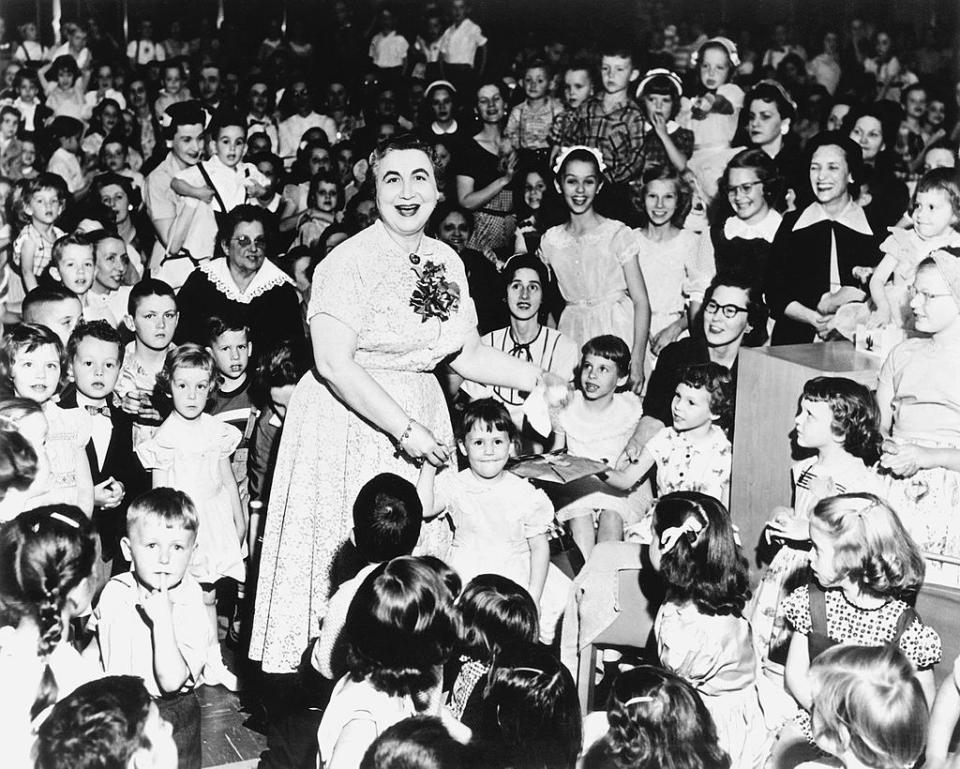
10.Wilma Mankiller was the first woman to be elected principal chief of the Cherokee Nation and the first woman to serve as the leader of a major Native tribe. Under her leadership, the tribe experienced unprecedented growth. Mankiller was born in Tahlequah, Oklahoma, which is the capital of the Cherokee Nation, but moved to San Francisco with her family after her father was offered a job as part of a government effort to relocate Native Americans, which she described as her "own personal Trail of Tears." Mankiller became involved in activism when a group of Native Americans took over the federal penitentiary on Alcatraz Island to demonstrate the suffering of their people.
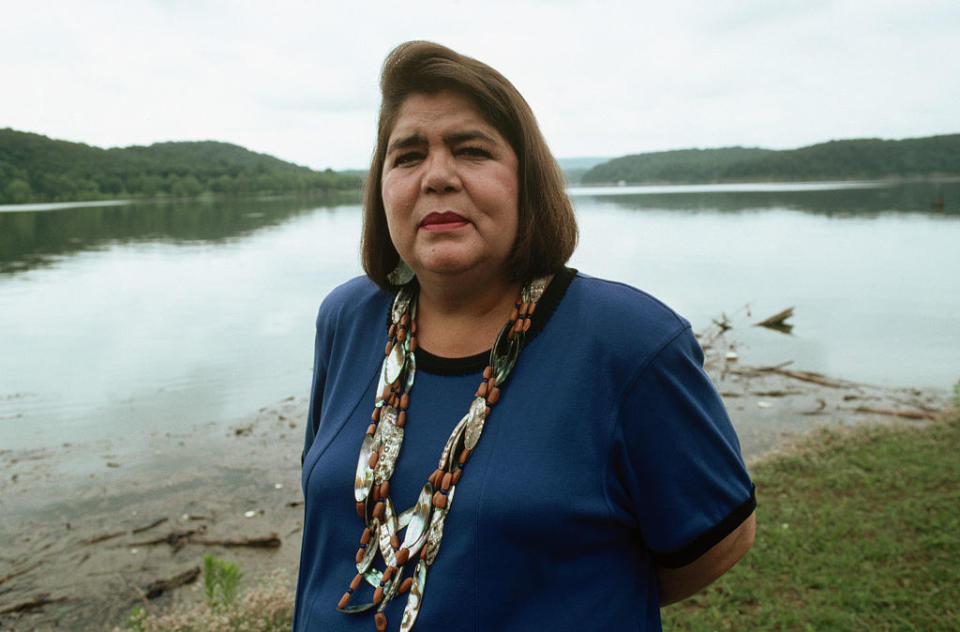
From there, she became heavily involved in Native causes and the women's rights movement. She moved back to Oklahoma in 1977, where she developed programs that improved access to water and housing for the Cherokee Nation. By 1985, she had been elected principal chief and served for 10 years. During her tenure, Mankiller fought for improvements in education, healthcare, and housing. The population of the nation doubled, infant mortality declined, and education levels rose. She piloted an agreement between the Cherokee Nation and the Environmental Protection Agency. In 1998, she received a Presidential Medal of Freedom.
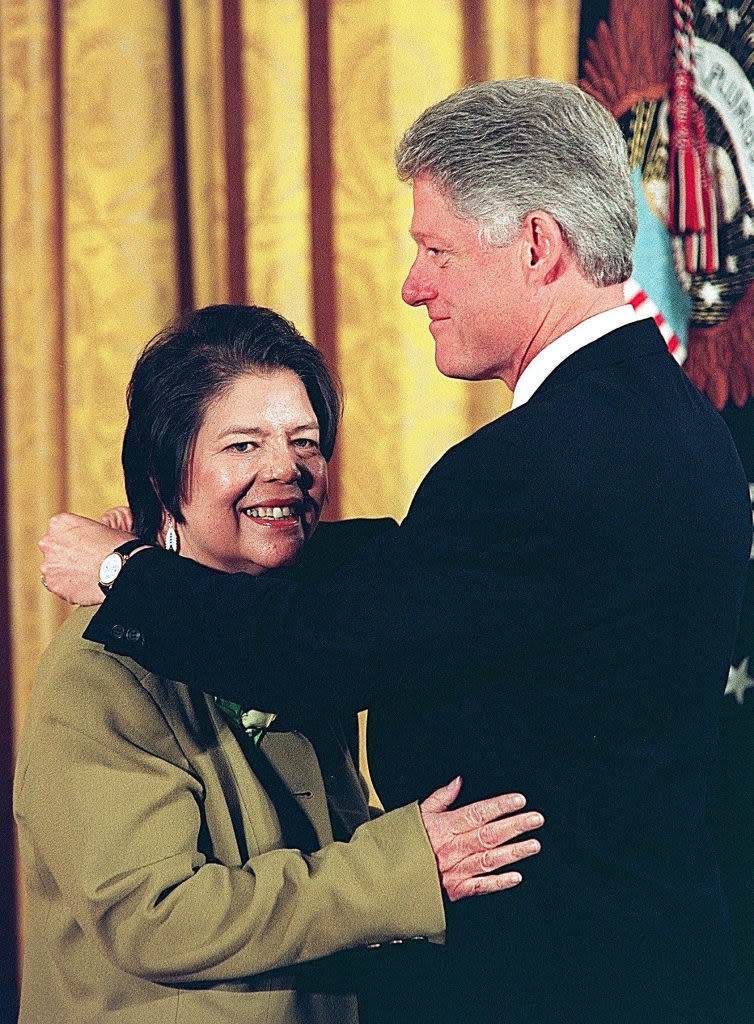
11.In 1967, Kathrine Switzer became the first woman to run the Boston Marathon. Prior to Switzer, no woman had ever signed up for the marathon, even though there was no official rule preventing her from racing. She used the name “K. V. Switzer" when registering and was given an official race number and bib. When entering, Switzer said she had never intended to make a political statement, and instead was just hoping to tackle one of the world's most famous races.
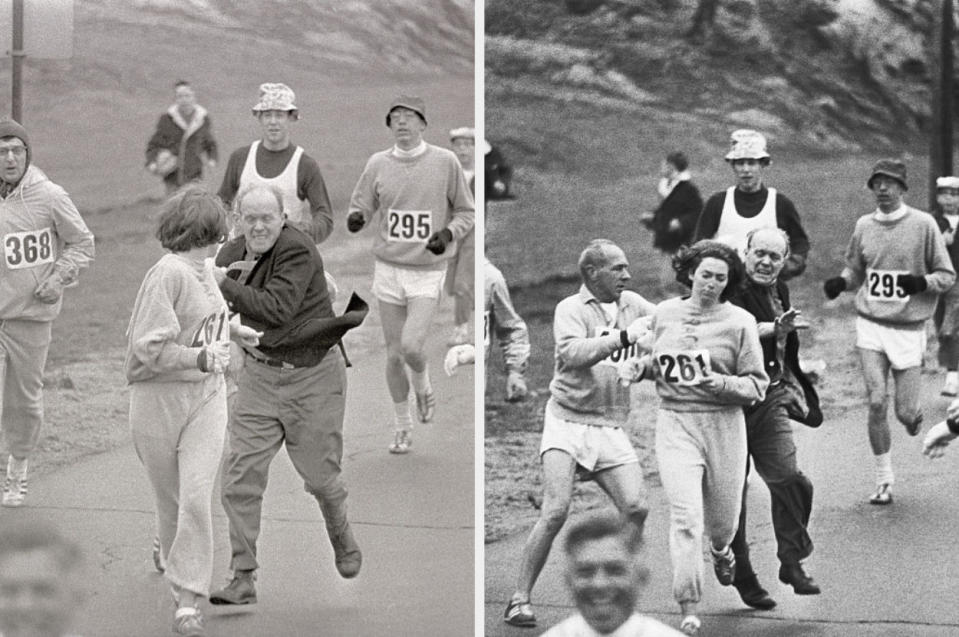
About 4 miles into the race, Switzer was interrupted by a man screaming, "Get the hell out of my race and give me those numbers!" It was Jock Semple, a race official who was incensed that a woman had dared to enter the race. Semple grabbed Switzer's shirt and tried to rip her bib off her. Switzer instantly became the center of attention and, despite the interruption, finished the race and vowed to ensure that no other woman would ever be treated like that at the marathon. By 1972, women were officially allowed to race the Boston Marathon. In 1975, Switzer placed second in the marathon, then ran it again in 2017 to commemorate the 50th anniversary of her first run. She wore number 261, the same number she wore in 1967.

12.Daisy Bates was one of the people who led the charge to integrate schools during the civil rights movement. When Bates was 3 years old, her mother was killed by three white men in a racially motivated incident. As Bates grew up and understood the situation, she vowed to devote her life to racial justice. After getting married, Bates and her husband settled in Little Rock, Arkansas, where they started one of the only Black newspapers devoted to the civil rights movement. She also worked closely with the NAACP, and eventually gained notoriety for her work when she became president of the organization's Arkansas chapter.
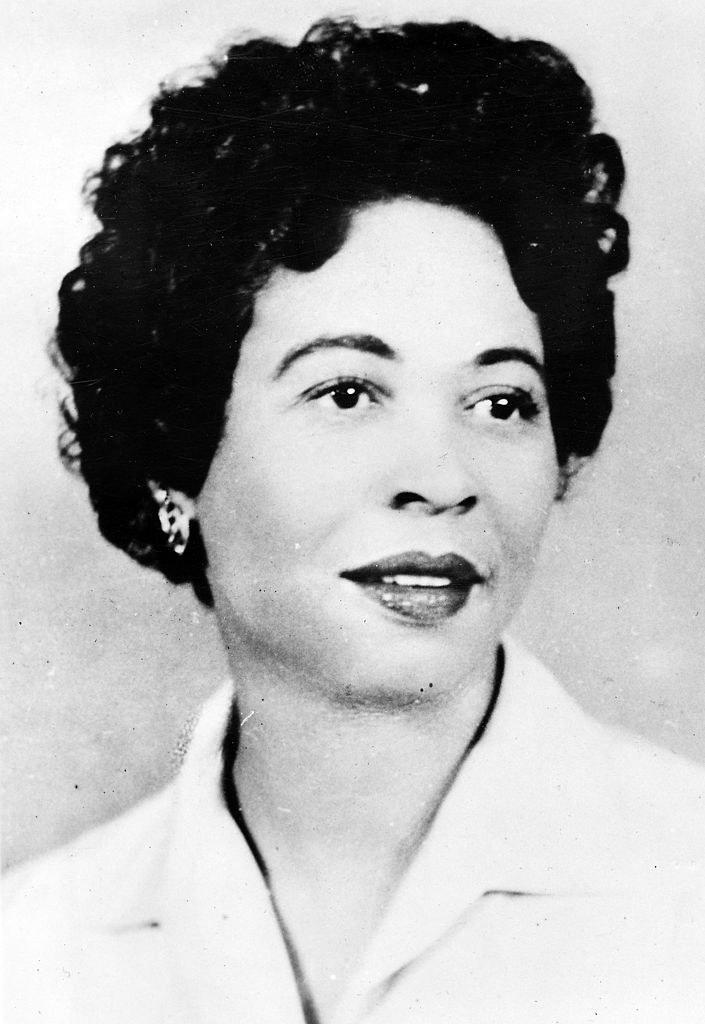
Through her work with the NAACP, Bates started to organize groups of Black students to enroll at all-white schools. If the students were turned away, she would publicize the event in her newspaper, and she would praise the schools that followed the federal mandate that integrated schools. When it came time to attempt to integrate schools in Arkansas, Bates was tapped to lead the charge. She selected the students who comprised the Little Rock Nine, drove them to school to protect them, and even joined the school's parent organization to fight for them. Bates faced intense backlash for her work. She was the target of death threats and had to shut down her newspaper as a result.

Despite the danger, Bates continued to organize groups of Black students. Her work eventually led to national recognition. In 1963, Bates was invited to sit onstage during the March on Washington, and ended up delivering a speech at the event. For the rest of her life, Bates worked to uplift Black communities in Arkansas. She was awarded the Medal of Freedom soon after her death in 1999.
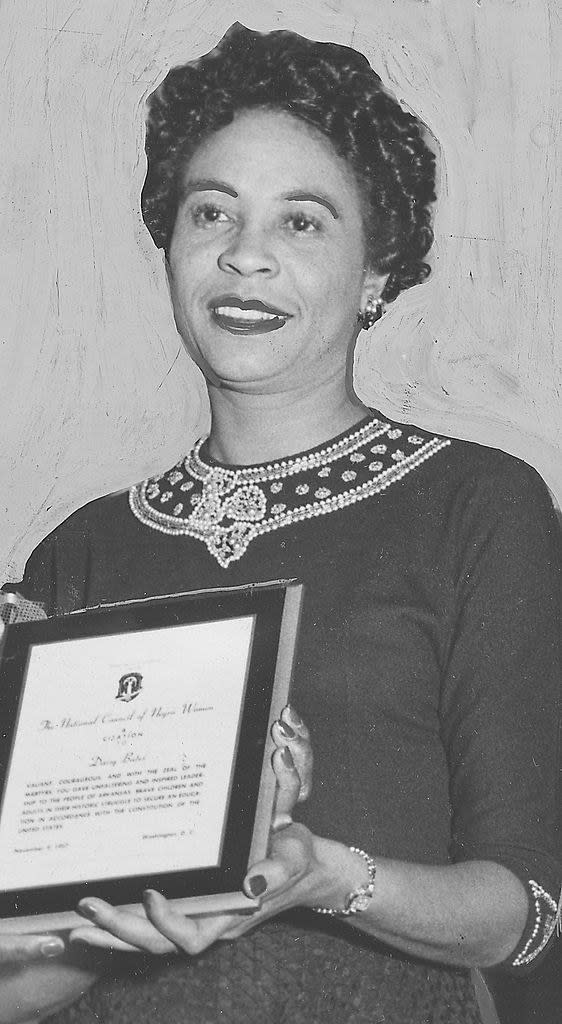
13.Rose Cleveland was the first LGBTQ+ First Lady. Rose served as First Lady during her brother Grover Cleveland's presidency because he was unmarried. During the time period, unmarried presidents had to select a female relative to fill in as First Lady. Rose, who was an author and teacher, provided a well-respected counter to her brother's often debaucherous ways. Rose left the White House in 1886 after Grover married Frances Folsom, his 21-year-old ward. During the winter of 1890, she met Evangeline Simpson.
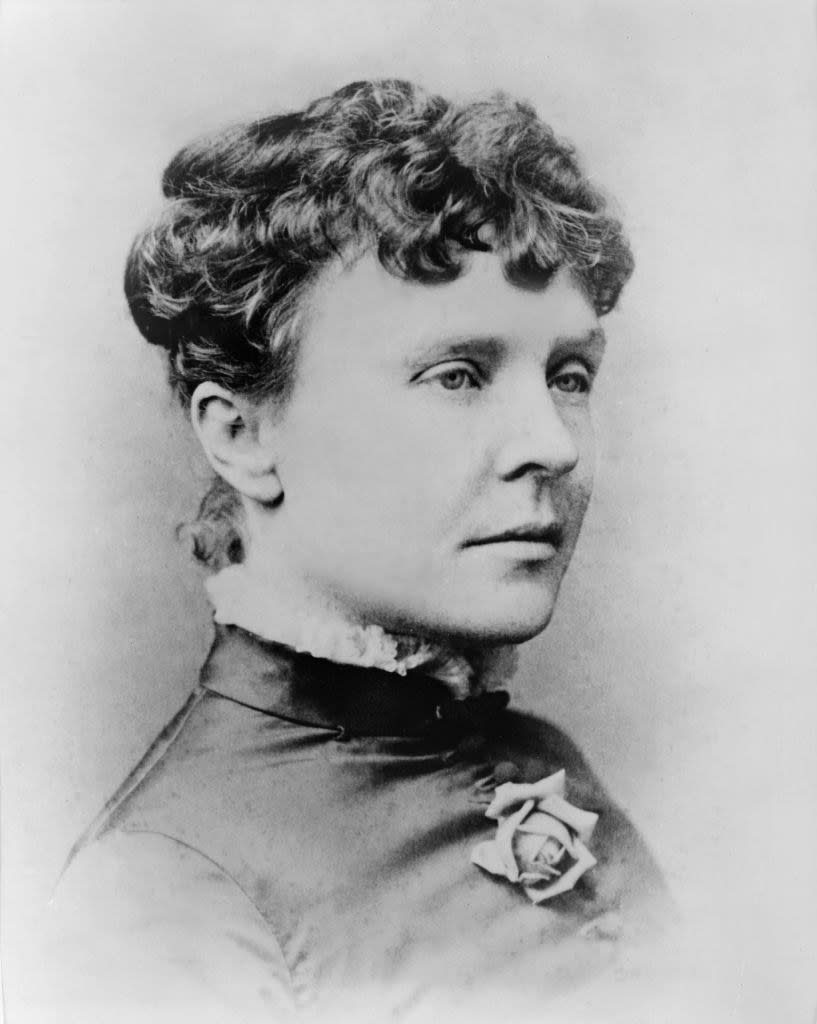
By April 1890, the two had begun writing each other love letters. For six years, the couple traded letters, traveled together, and even revealed their relationship to their families, who appeared to have accepted them. In 1896, Evangeline shocked Rose by announcing that she was engaged to Henry Whipple. She wrote back begging her to reconsider, but they married later that fall, and Rose fled to Europe. While they kept in contact, their letters became far less frequent. Whipple died in 1901, and soon, Rose and Evangeline resumed their relationship. In 1909, Rose gave Evangeline an ultimatum: They needed to live together. She agreed, and the pair moved to Italy, where they lived until Rose's death in 1917.
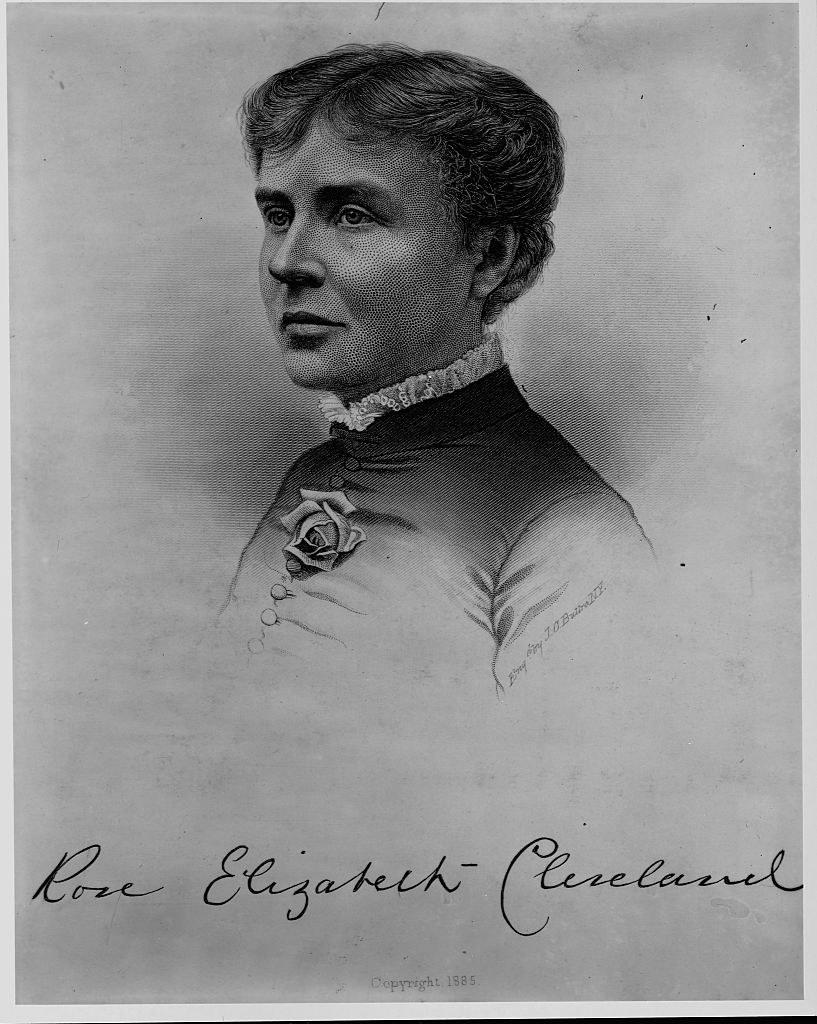
14.Diana Nyad became the first person to swim from Cuba to Florida without a shark cage. Nyad began competitively swimming at age 10. After graduating from college in 1973, Nyad set several marathon swimming records, completing the 22-mile Bay of Naples race in eight hours and 11 minutes in 1974, and conquering a 28-mile swim around Manhattan in seven hours and 57 minutes, beating the previous record by nearly an hour. In 1979, Nyad swam 102 miles from North Bimini to Juno Beach, Florida, in 27 hours and 30 minutes, which was the longest ocean swim on record at the time.
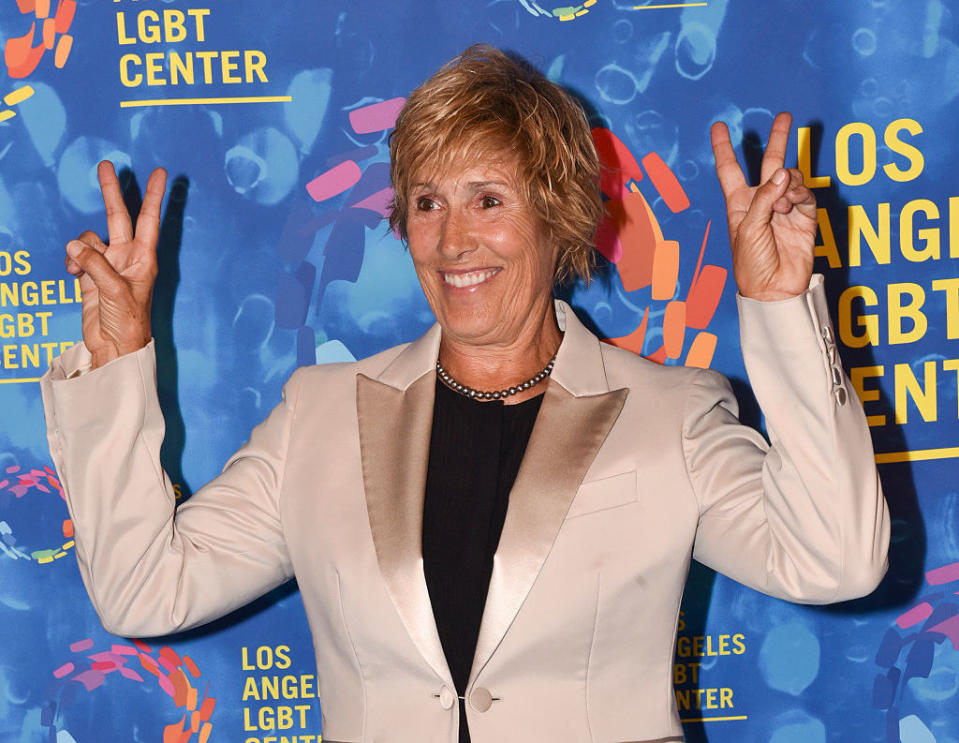
Nyad first attempted to swim from Cuba to Florida in 1978. She swam with a shark cage but had to quickly abandon the challenge when she came across rough seas. Soon after, Nyad gave up distance swimming to pursue a career in broadcast journalism. By 2011, she was inspired to attempt the Cuba–Florida swim once again but failed three more times. One attempt ended after she had an asthma attack, the second ended after she suffered from painful jellyfish stings, and the third was brought to a stop due to lightning.
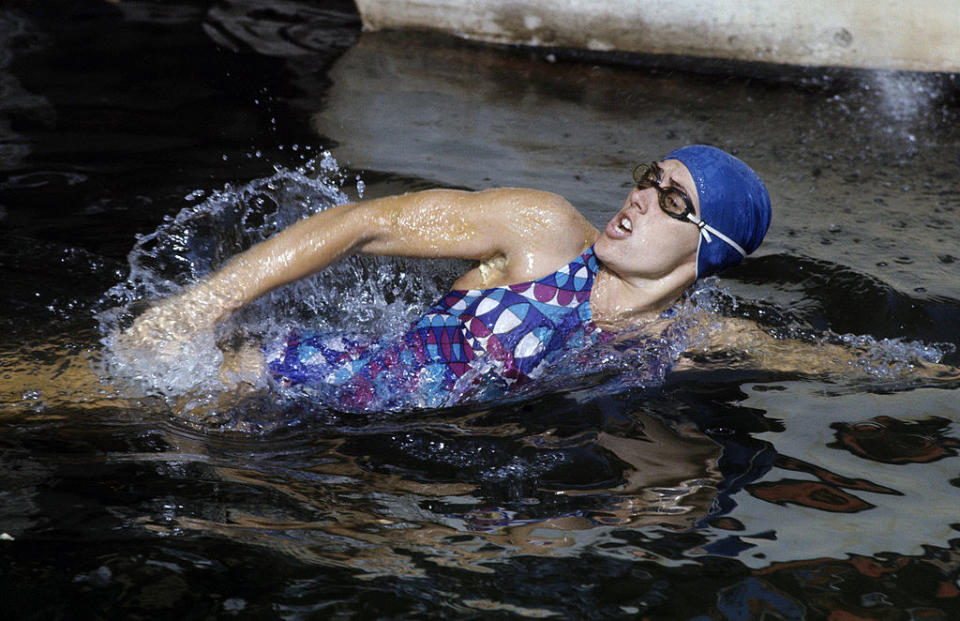
In 2013, at age 64, Nyad attempted the swim for the fourth time since 2011. She had a crew of 35 aiding her through the process, which she attempted without a shark cage. On September 2, Nyad completed the swim in 52 hours, 54 minutes, and 18.6 seconds. In the days following the feat, many said she cheated by being in contact with other people during the swim. Nyad shot back and said that she never touched a boat or another person for support during the swim, but needed to stop to get special equipment from her team to prevent jellyfish stings.

15.Rigoberta Menchú is a Guatemalan human rights activist who won a Nobel Prize for her work defending Indigenous rights in her country. Menchú was raised Kʼicheʼ, which is a branch of the Mayan people. As a child, she worked on the family's farm before becoming interested in social issues through the Catholic Church. While Menchú was becoming a key player in the fight for women's rights, a guerrilla organization established itself in her town. Her family was soon accused of taking part in guerrilla activities, and her father was jailed. Upon his release, he joined the Committee of the Peasant Union, known as CUC. Menchú followed in his footsteps and joined in 1979.
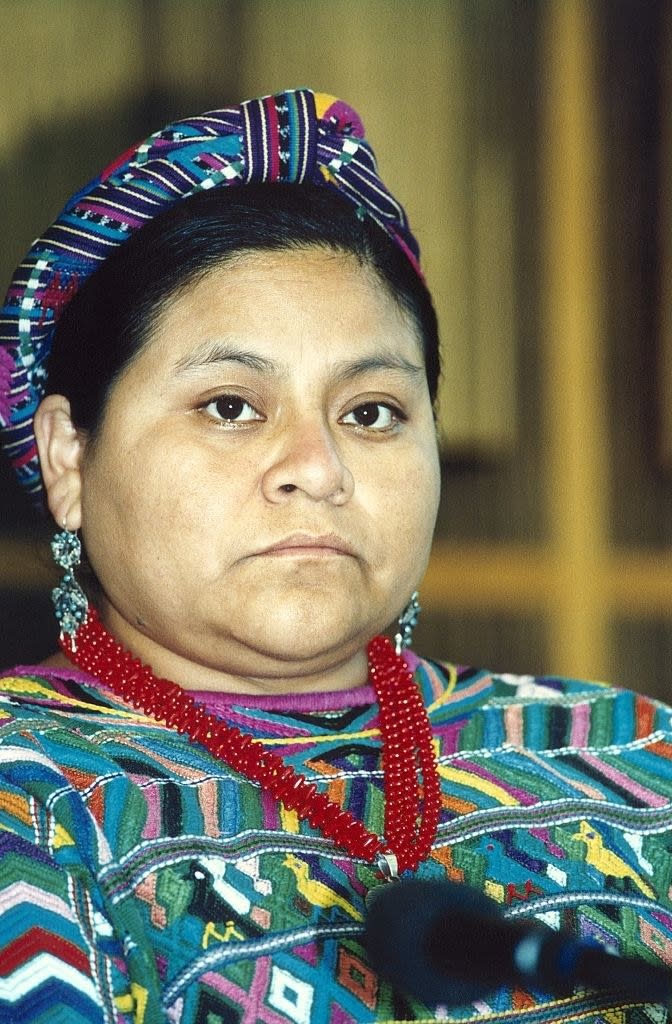
Shortly after she joined the CUC, Menchú's brother, father, and mother were all killed, likely because of their political involvement. This prompted Menchú to get even more involved in human rights work. In 1980, she organized strikes for better conditions for farmworkers, protested in the country's capital, and worked on educating peasant populations on their rights. By 1981, she had been forced into hiding because of her work and fled to Mexico, where she still advocated from afar. She helped found the United Representation of the Guatemalan Opposition to fight against oppression. In 1992, Menchú was awarded the Nobel Peace Prize for her work.
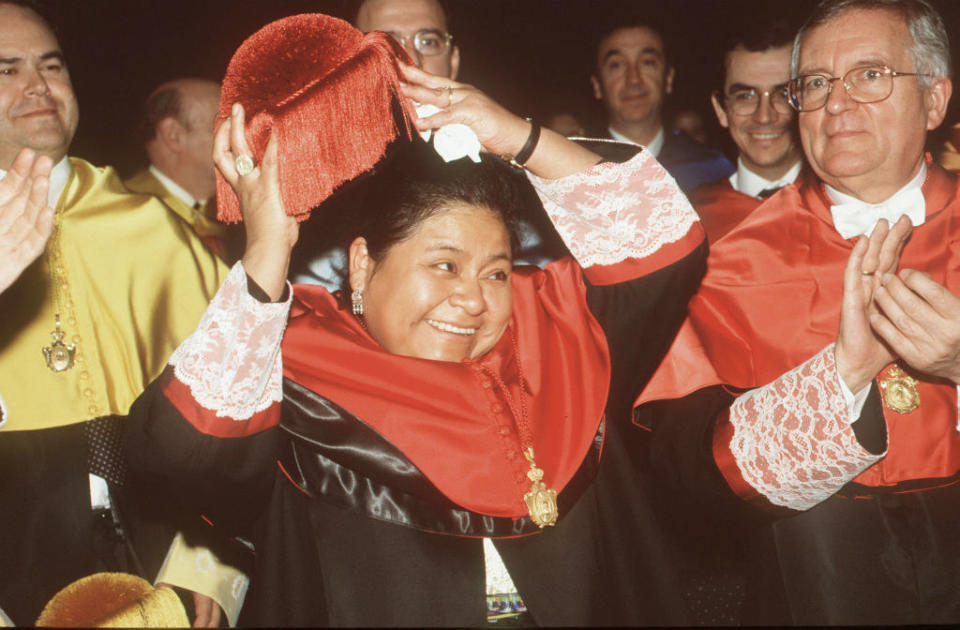
16.Althea Gibson paved the way for Black athletes in the tennis world. She was born in Harlem, and the police would block off streets in her neighborhood to allow children to play sports, which is where she began playing paddle tennis. By the time she was 12, Gibson had won a citywide paddle tennis tournament. After this feat, local musician Buddy Walker, who also worked with the Police Athletic League, took notice of Gibson's talents and introduced her to traditional tennis. Her neighbors even raised money so Gibson could enter tournaments, where she quickly began dominating her competition in the local and regional circuits.
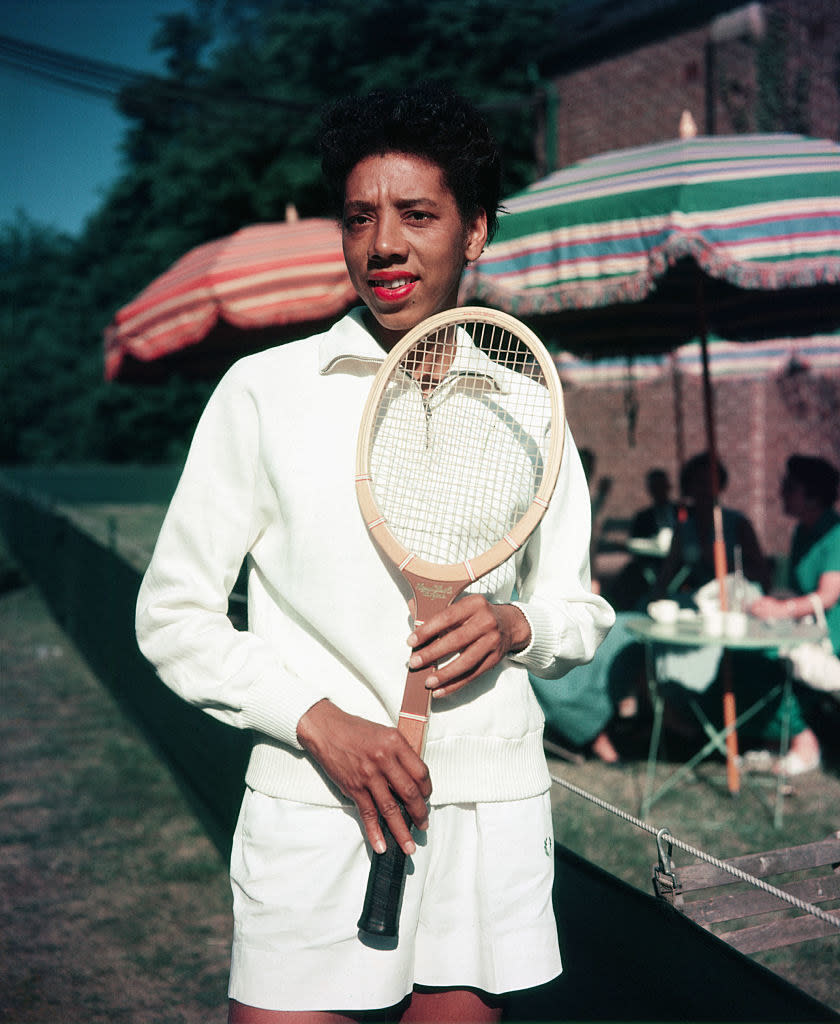
While Gibson had proved she was ready to compete on the sport's biggest stages, she was banned from national events because of her race. In 1950, Alice Marble, a four-time US Nationals champion, wrote an editorial arguing for Gibson to be invited to the event. She also challenged the racism in the tennis world. Soon after the editorial was released, Gibson was finally granted permission to compete in the US National Championships. In 1956, Gibson won the French Championships, becoming the first Black person to win a Grand Slam tournament. The following year, she became Wimbledon's first Black champion. By the time her tennis career concluded, Gibson had won 11 Grand Slam titles and was the highest-ranked woman in the sport.
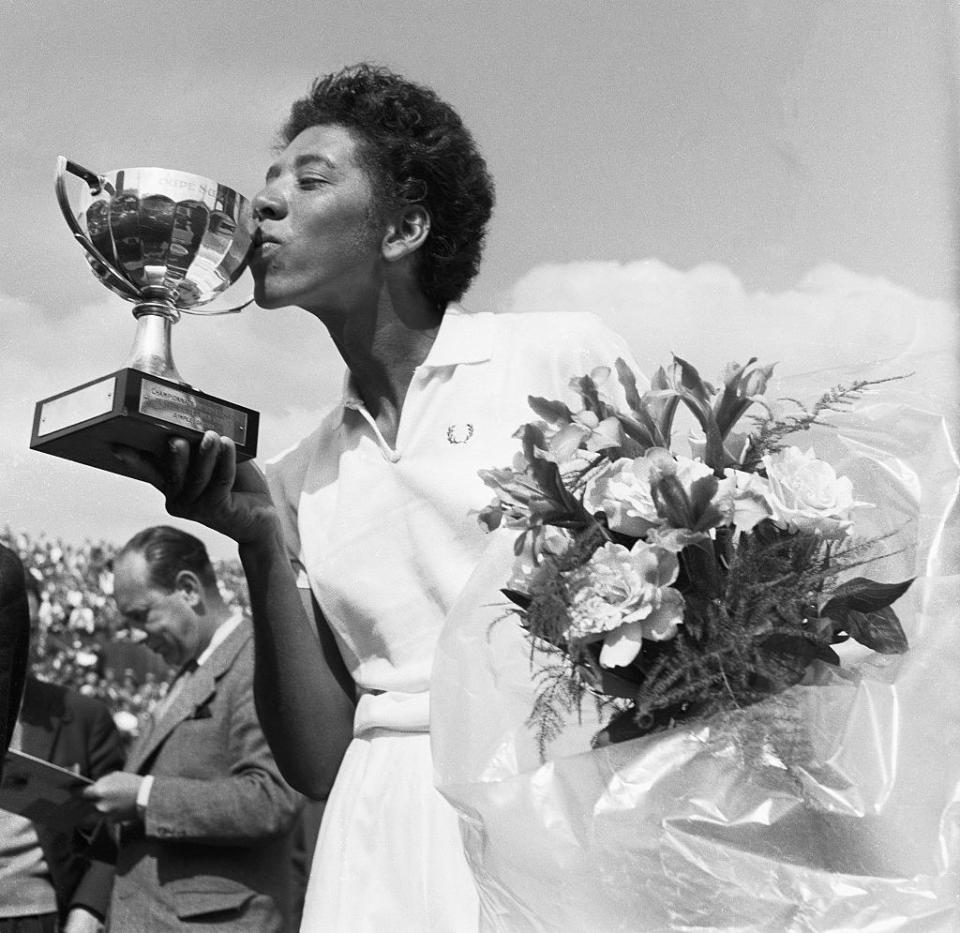
After she retired from tennis, Gibson took up golf, which she quickly excelled at. She even made it to the PGA Tour but was unable to compete in many of the tournaments because she was banned from many American country clubs because of her race. Tennis great Serena Williams has spoken about the impact Gibson's legacy has had on her own tennis career. "For me, she was the most important pioneer for tennis," Williams told WTA Tennis. "She was Black, she looked like me, and she opened up so many doors."
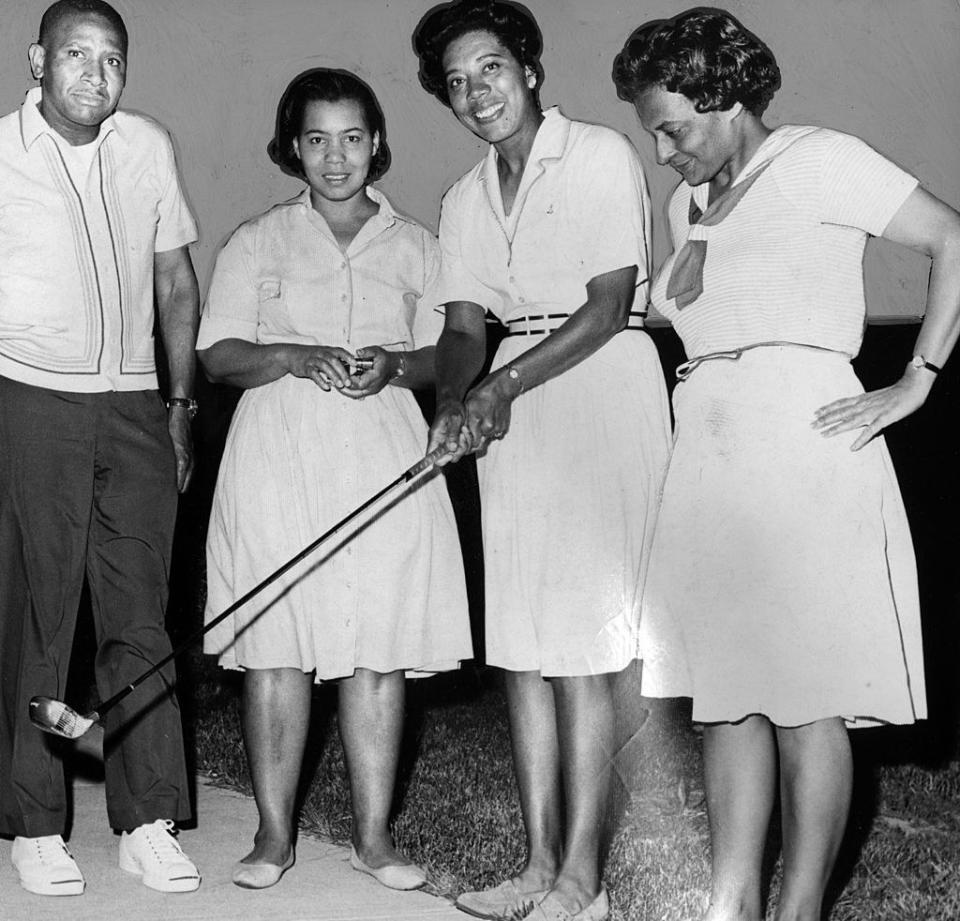
17.If you're an American who loves Chinese food, then you probably owe Joyce Chen a big thank you. Chen was a Chinese chef who revolutionized Chinese food in America during the 1960s. Born and raised in Shanghai, Chen and her husband fled China in 1949 as the Communist regime took hold. They ended up in Cambridge, Massachusetts. In 1955, Chen made egg rolls for a fair at her son's school. The egg rolls were a massive hit and sold out. Although Chen's children have admitted that the egg rolls she made were nothing like the traditional Chinese version, Chen knew the perfect way to cater them to American taste buds.
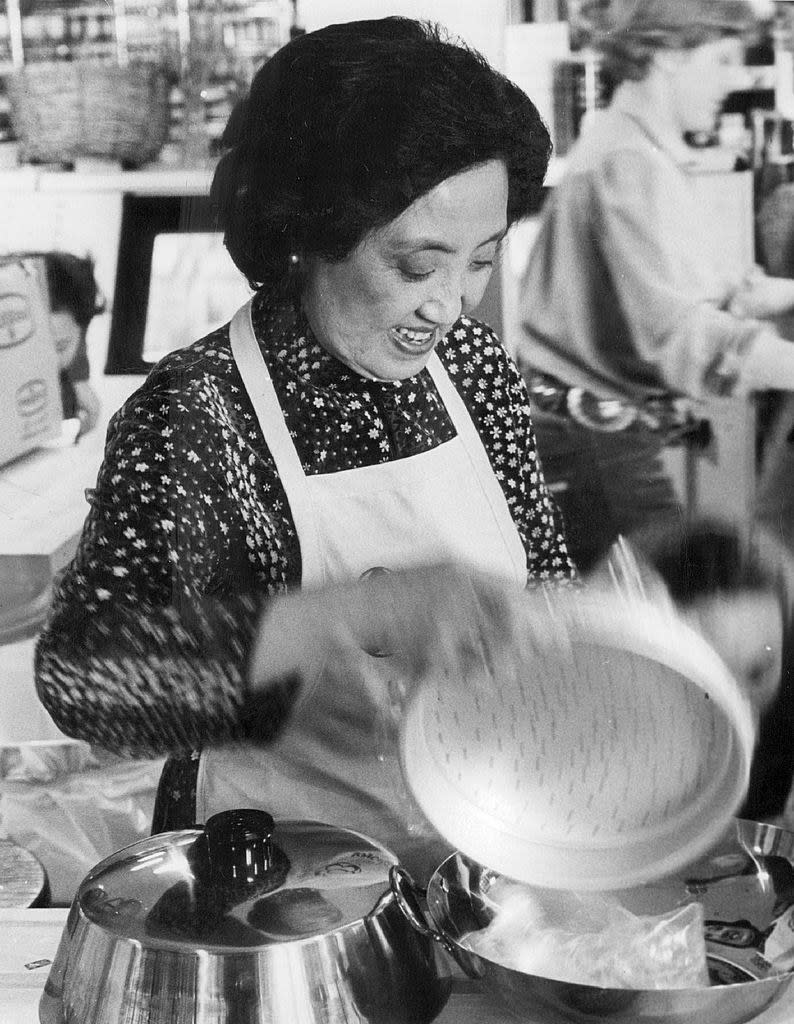
Soon, Chen began developing new takes on traditional Chinese cuisine with tweaks for American audiences. She even designed and patented a wok that would work with American stoves. Chen started teaching cooking classes, and by 1958 had opened her own restaurant. In 1962, she self-published a cookbook full of her recipes. A local TV station took notice of Chen's popularity. In 1966, they offered her a cooking show on WGBH (in the same year, the channel also developed Julia Child's cooking show). Audiences claimed they had a hard time understanding Chen, and WGBH chose not to renew her show. In the 1970s, she traveled to China and made a food documentary but spent the rest of her life behind the camera, focusing on her restaurants. Chen rarely received recognition for her culinary achievements during her lifetime, but has since been the focus of an HBO documentary and has appeared on postal stamps honoring culinary icons.
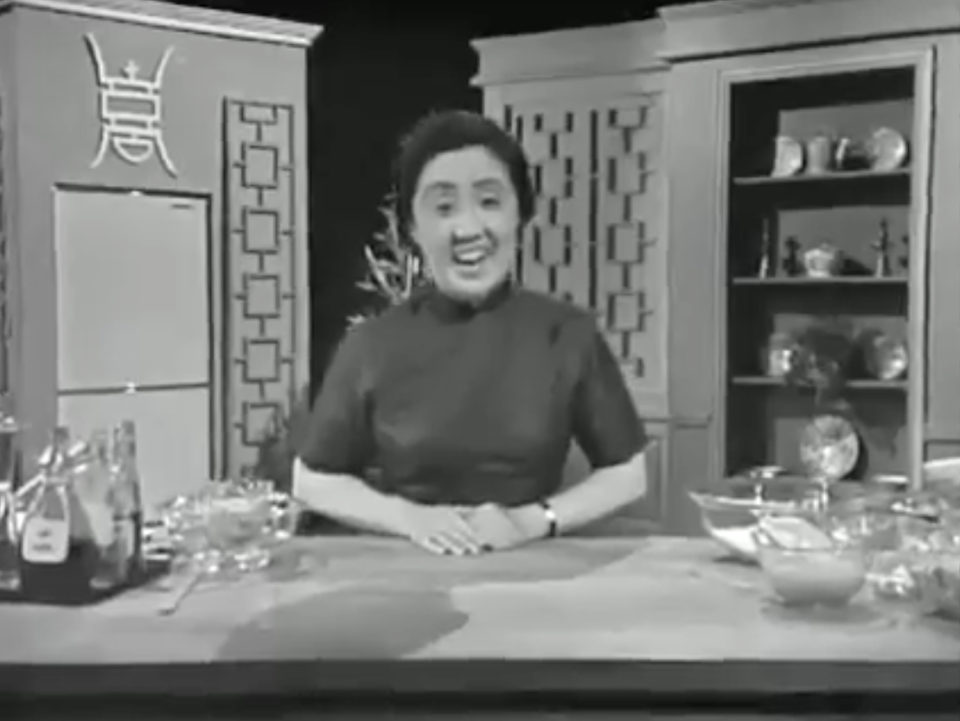
18.Amelia Boynton Robinson made history when she became the first Black woman in the state of Alabama to run for Congress and then helped organize the 1965 civil rights march in Selma, Alabama. As a child in Savannah, Georgia, Robinson helped her mother, who was a strong advocate for women's suffrage, knock on doors to inform women of their right to vote. After she got married, she traveled with her husband around the South, where they encouraged Black farmers to gain financial, educational, and political independence. By the mid-1930s, Robinson and her husband were heavily involved in the Student Nonviolent Coordinating Committee, a nonviolent group that advocated for civil rights.
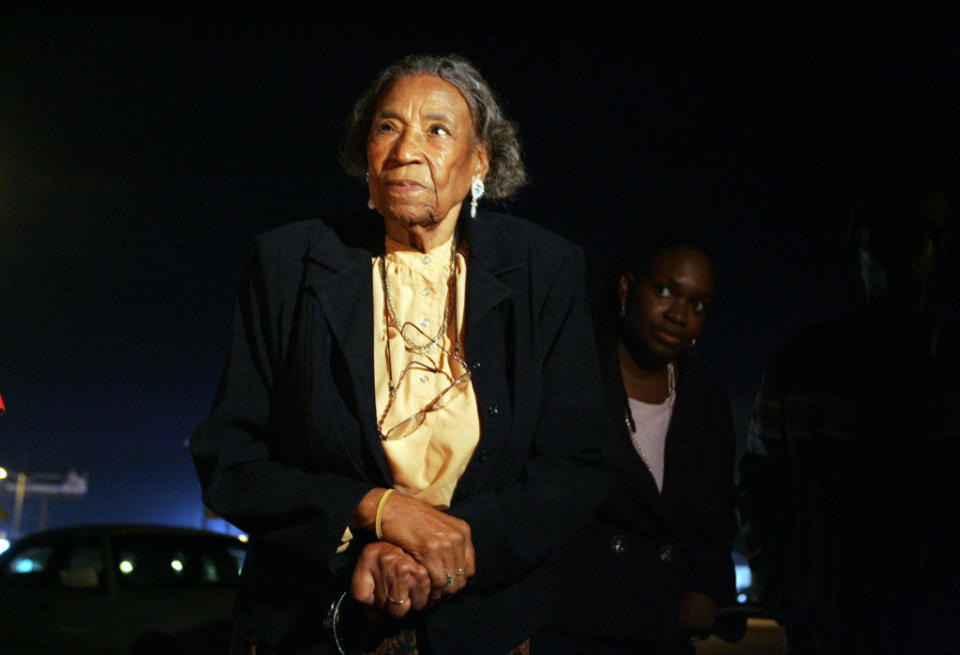
After her husband died in 1963, Robinson began to organize more heavily in Selma, Alabama. In 1964, Robinson became the first Black woman to run for Congress in Alabama. Although she was defeated, she received 11% of the vote, despite the fact that only about 5% of her district was comprised of Black voters. After a court injunction put a stop to local protests, Robinson reached out to the Southern Christian Leadership Conference, which was run by Dr. Martin Luther King Jr. In January 1965, King headed to Selma to kick off a campaign for voting rights. On March 7, 1965, now known as "Bloody Sunday," Boynton was among the front rows as over 600 protestors crossed the Edmund Pettus Bridge in Selma. She was beaten to unconsciousness. On the 50th anniversary of Bloody Sunday, Robinson crossed the bridge once again with President Barack Obama.
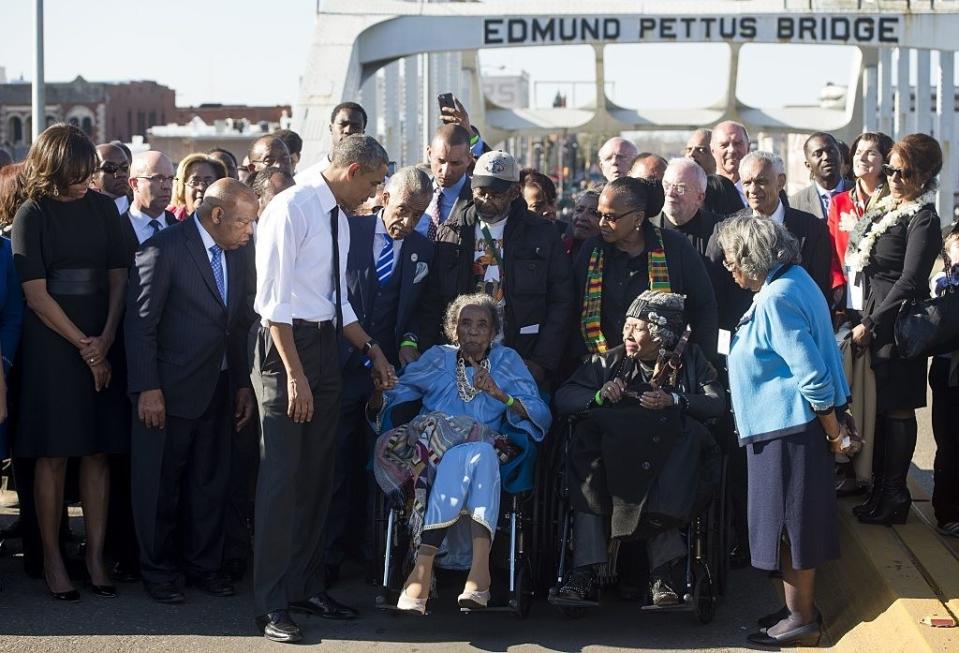
19.In 1851, Monemia McKoy, a slave in North Carolina, gave birth to twins that she named Millie and Christine. The twins were conjoined, connected at their lower spine. By the time they were 2 years old, the girls had been taken from Monemia and sold to various fairs and "freak shows," which took them all over the United States and Canada. Doctors around the country examined them before they were sold to prove that they weren't fraudulently claiming that they were conjoined. At some point during their early childhood, the girls were sold to someone in England and were sent overseas to perform.
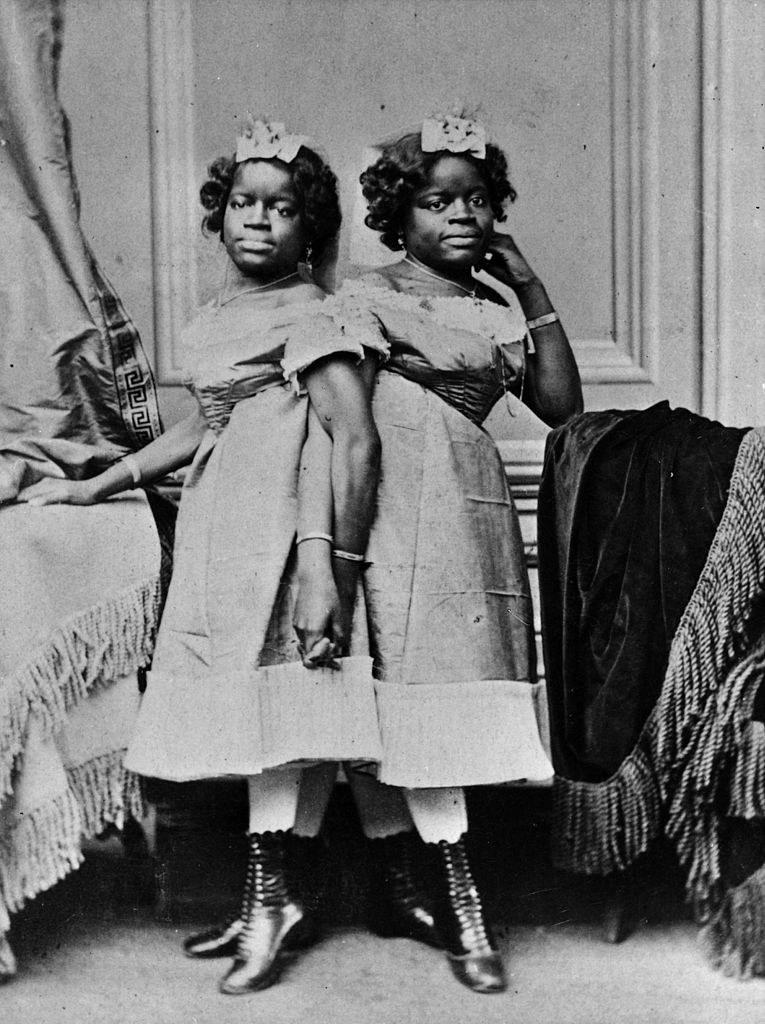
During this time, Joseph Pearson Smith had been attempting to track down the twins. Smith, who owned their mother, was technically the "last rightful owner" of the girls and had hired a private detective to bring them home. The detective found that the twins were performing in Birmingham, England. Smith brought them back to North Carolina when they were nearly 6 years old. Once the twins were back in America, they expressed a desire to continue performing, and they developed a song and dance routine. Millie and Christine soon became known as the Carolina Nightingale. While Smith and his wife agreed to manage their career, they also ensured that the girls learned how to read and write.
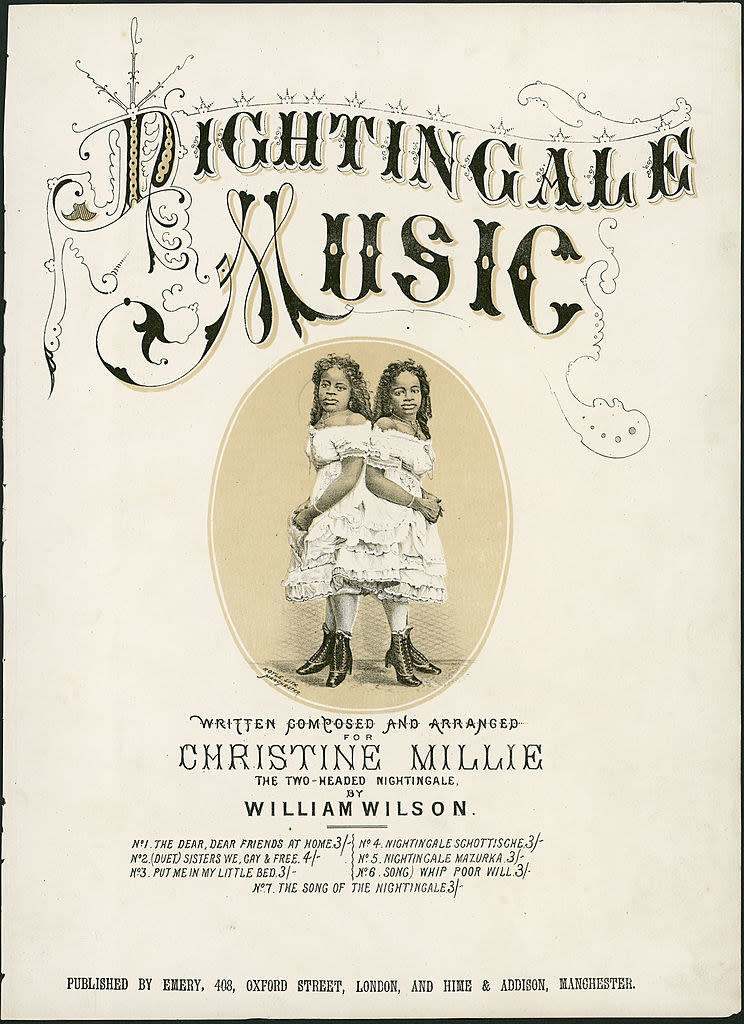
In the 1870s, Millie and Christine embarked on a tour of Europe, where they learned how to speak German, French, Italian, and Spanish. The media marveled at how intelligent the girls were, and soon they were commanding over $25,000 for their performances. They later purchased the plantation where they had been born, developed a school for Black children, and anonymously supported multiple colleges. They died within hours of each other in 1912.
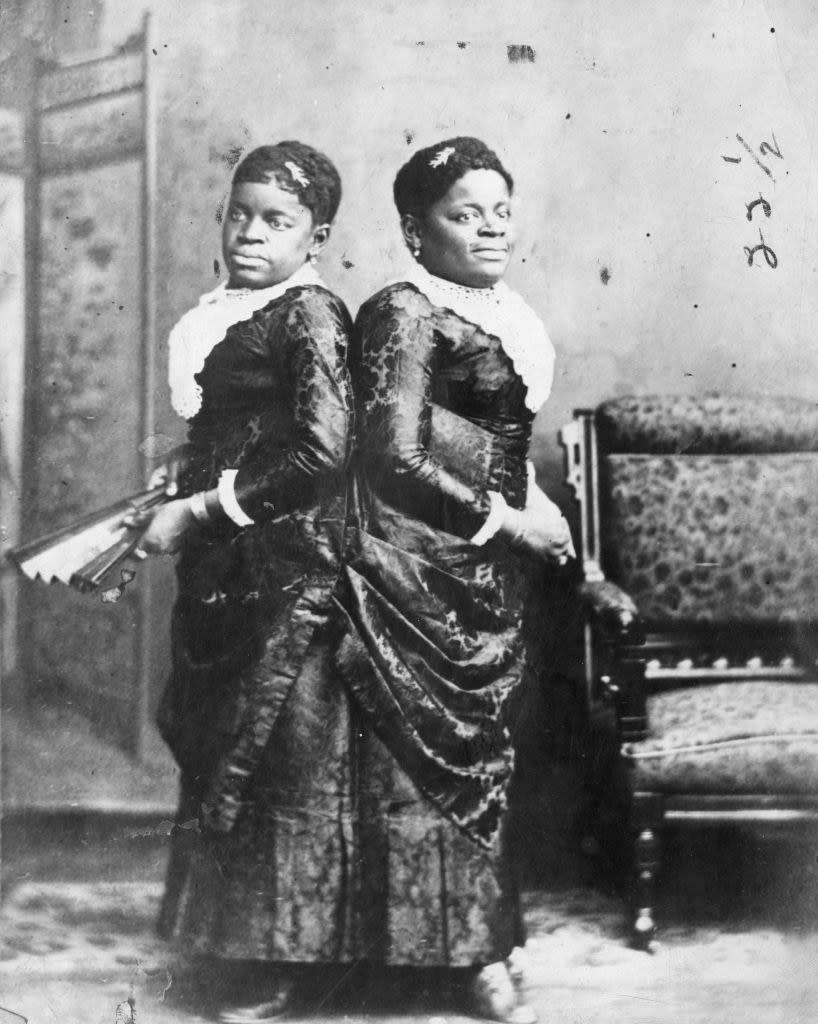
20.Christa McAuliffe was a teacher chosen to be the first private American citizen to reach space as part of NASA's Teacher in Space program. The Teacher in Space project was announced in 1984 by Ronald Reagan, who invited teachers across the country to apply to be the first civilian in space. In return, the teacher would teach a lesson from space, then would recount their experiences to students around the country. McAuliffe was selected out of over 11,000 applicants. Barbara Morgan was named her backup. On January 28, 1986, McAuliffe boarded the Challenger space shuttle, which exploded shortly after its launch, killing seven astronauts. The disaster negatively affected NASA's public reputation and put all space missions to a halt for two and a half years.
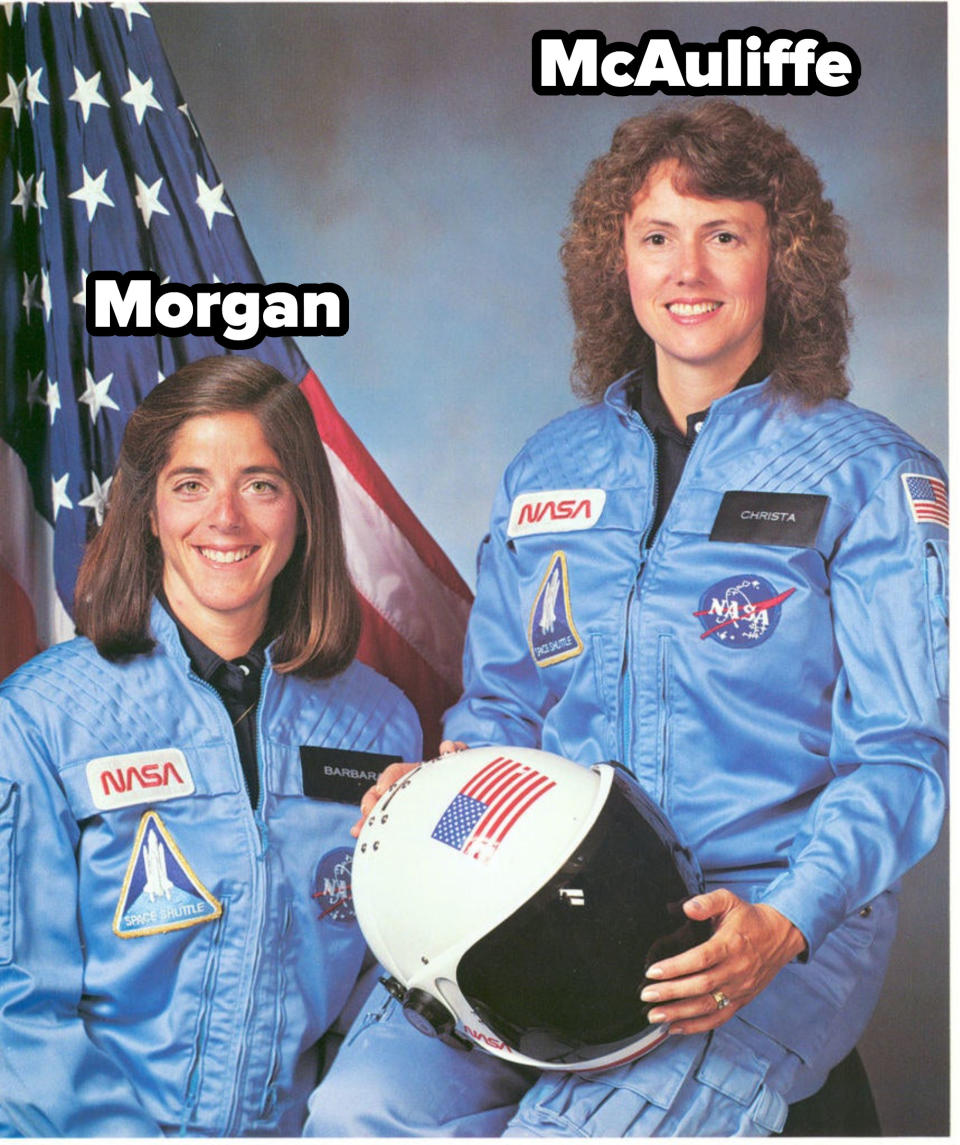
After the disaster, Reagan said that the US would continue sending teachers into space. However, in 1990, NASA announced that they were discontinuing the program because they felt it was still too risky to send a civilian to space. Despite this, in 2002, NASA announced that Morgan, who had trained as McAuliffe's backup, would finally make it to space. After the Challenger disaster, Morgan had lobbied to reinstate the Teacher in Space program and had trained as a Mission Specialist. In August 2007, Morgan entered space aboard the STS-118, making her the first teacher to officially reach space.
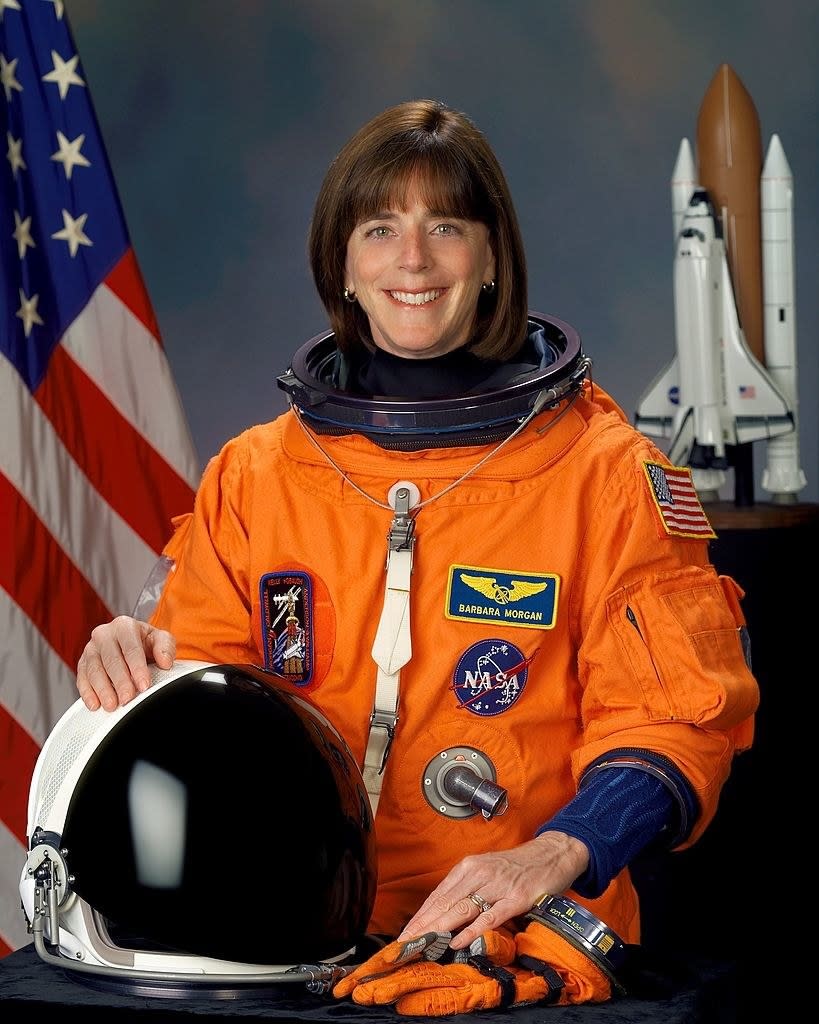
21.Naomi Parker Fraley was the inspiration for the iconic Rosie the Riveter posters that became a symbol for women who worked in factories during World War II. The poster was originally displayed in Westinghouse Electric Corporation plants in 1943. It actually was not intended to be seen by the public, and instead was part of a campaign to deter absenteeism from the women working in the plant. In the 1980s, the poster resurfaced and soon became an icon for feminism. Soon, the Rosie the Riveter moniker became associated with the poster. During this time, several women came forward claiming they were the inspiration behind the image.
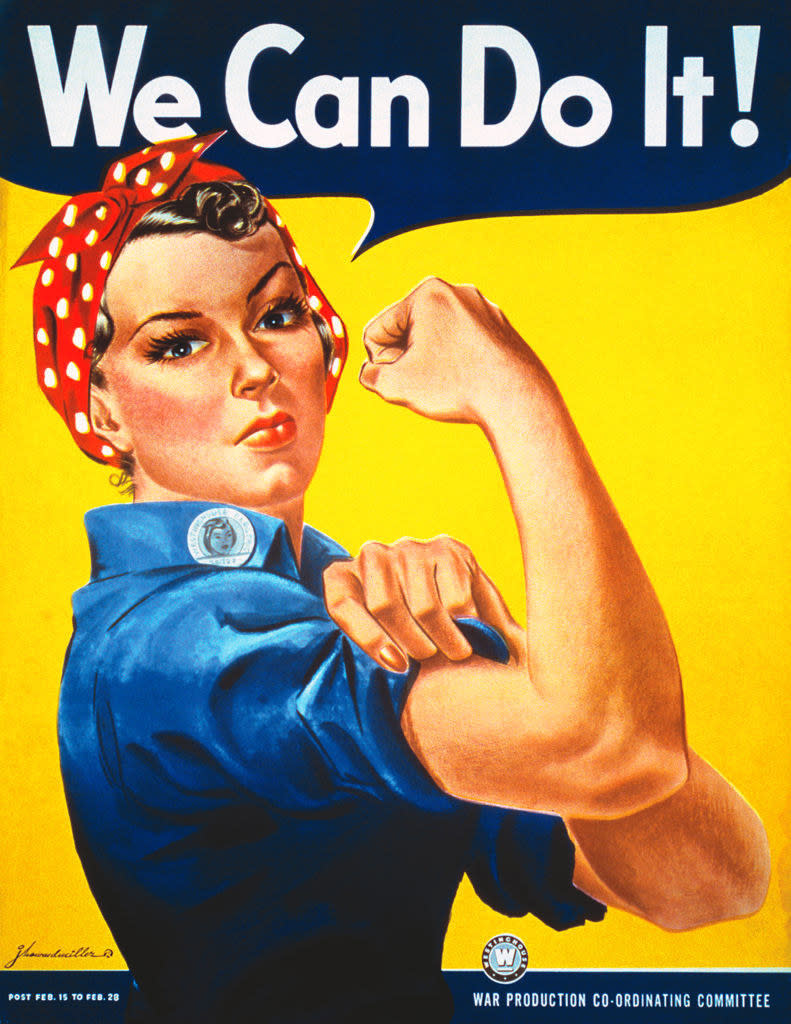
One of the women was Geraldine Doyle, who worked at a Michigan metal plant in 1942. Around that time, a photo of an unnamed woman wearing a polka-dotted bandana while working in a factory was heavily circulated. Doyle said she came across the photo again in 1984 and believed she was the woman in the photo. In 1994, the Rosie the Riveter poster had been featured on the cover of Smithsonian magazine, and by the late 1990s, several media outlets reported that Doyle was the inspiration behind the poster. Despite the insistence that Doyle was the woman in the photo, Dr. James J. Kimble was unsure and set off on a six-year investigation.
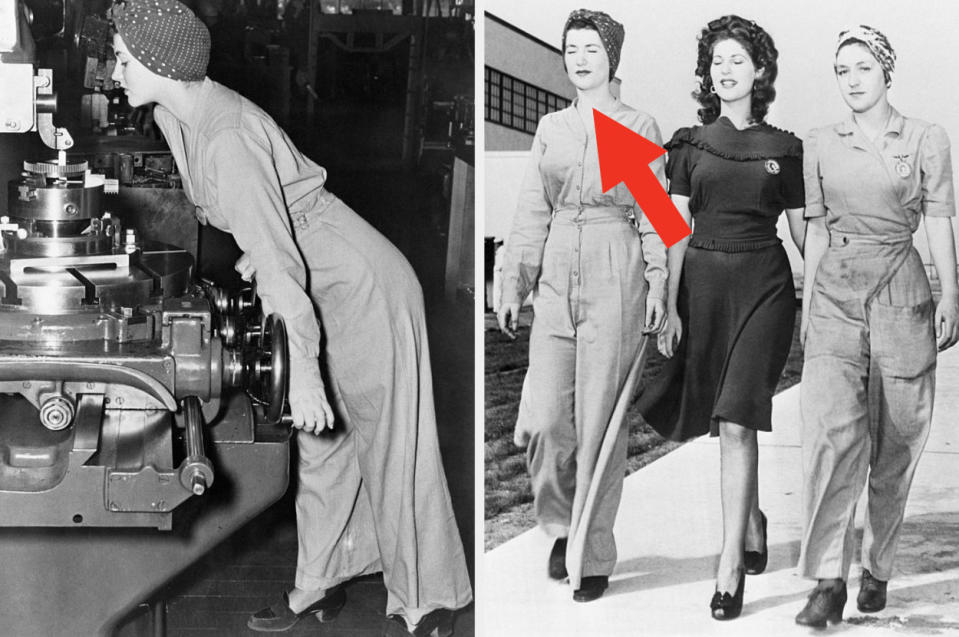
Through his research, Kimble found that Doyle was not the woman in the photograph. Instead, it was Fraley, who worked at the Naval Air Station in Alameda, California. Fraley said that she had seen the poster and noted a potential resemblance between her and the painting, but didn't think much of it. In 2010, she attended a reunion held for women who worked during the war. The original photo was on display, with Doyle's name under it. Fraley said she was shocked because she knew that she was actually the woman in the image. She reached out to the National Parks Service, who in turn connected her with Kimble. Together, they found the original print of the photo, which identified "Naomi Parker" as the woman in the photo. Fraley died in 2016.
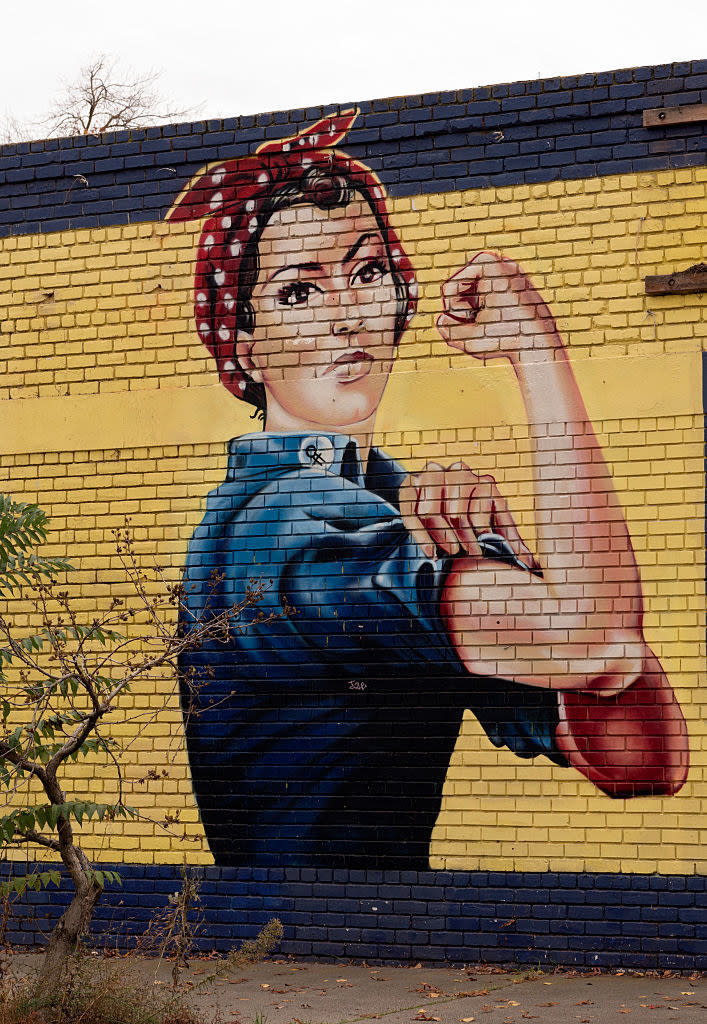
22.Alice Coachman was the first Black woman from any country to win an Olympic gold medal. Coachman was born in Georgia. While she displayed athletic talent from a young age, Coachman's father discouraged her from playing sports because it wasn't seen as a feminine pursuit at the time. By the time Coachman was in fifth grade, her teachers encouraged her to take up competitive running. Coachman was unable to practice at any local training facilities because they were segregated, and instead had to create her own training program. Her talent caught the eye of the Tuskegee Institute in Alabama, and she transferred to the historically Black school to train.
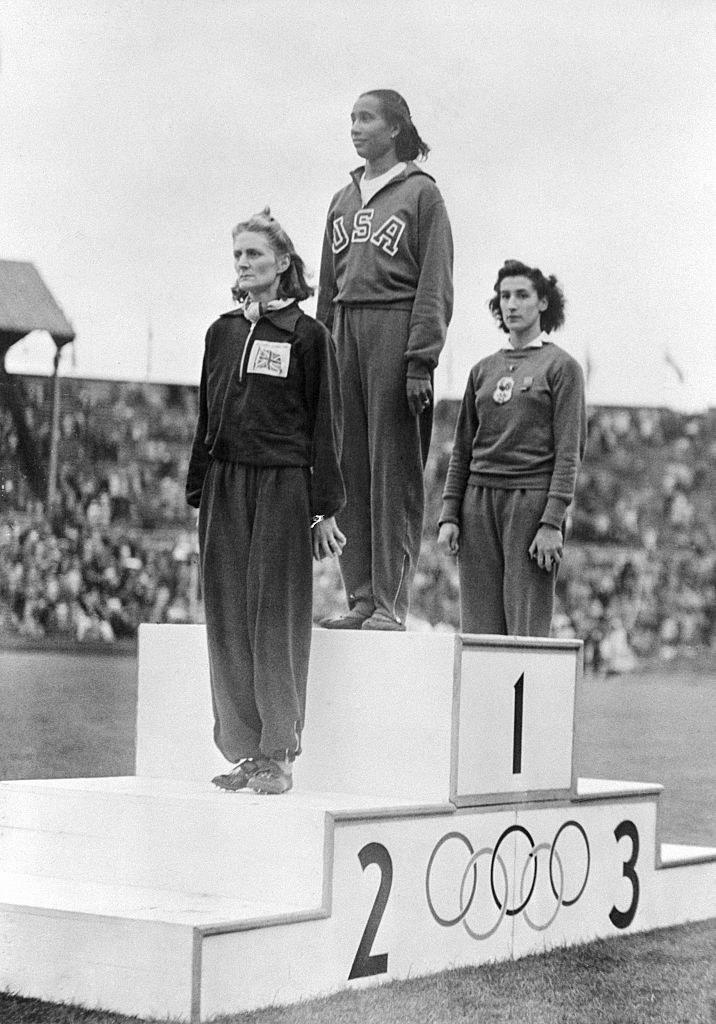
In 1943, Coachman entered Tuskegee's college program, where she won four national championships for sprinting and high jumping. Many encouraged her to try out for the Olympic team. The Olympics had been canceled in both 1940 and 1944 because of World War II, but Coachman ended up trying out for the team in 1948. Although she competed with a back injury, she ended up beating the existing high jump record during the Olympic trials. In August 1948, Coachman won the gold medal in the high jump. She also set a new Olympic record. Not only did she become the first Black woman to win a gold medal, but she also was the only American woman to win a medal during the 1948 Olympics.
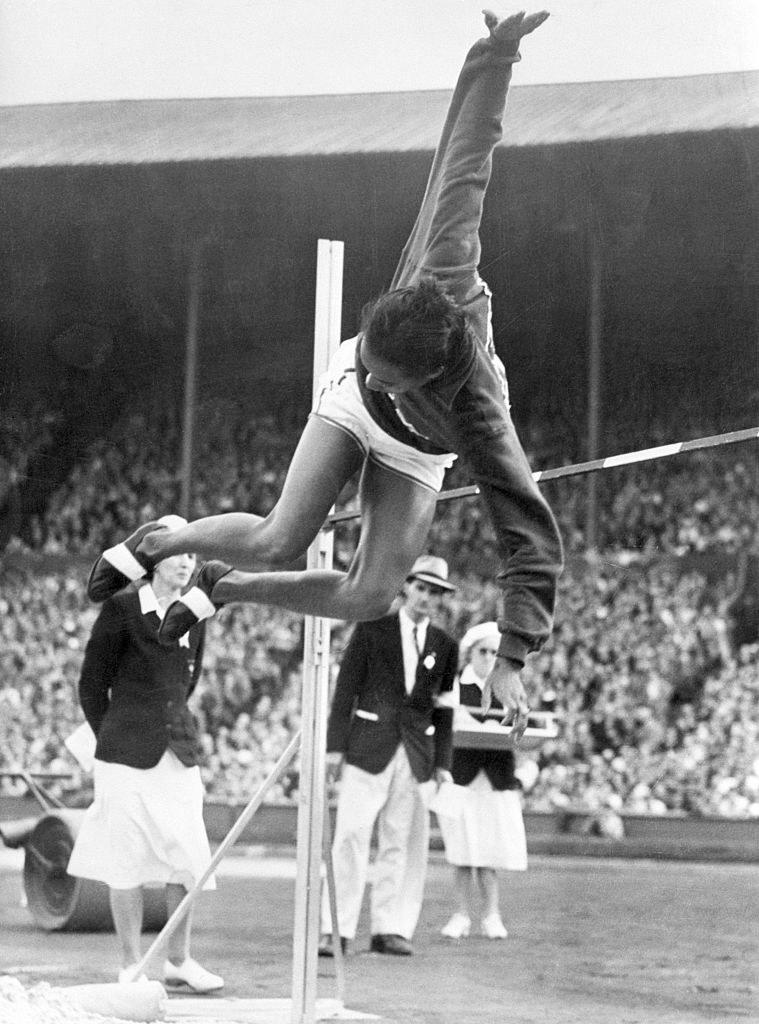
Coachman retired from track after the Olympics and became a teacher and track coach. In 1952, she became a spokesperson for Coca-Cola, making her the first Black female athlete to endorse a major consumer brand. Coachman was inducted into nine Hall of Fames and went on to establish the Alice Coachman Track and Field Foundation, which helped young athletes who needed financial assistance to compete. Coachman died in 2014.
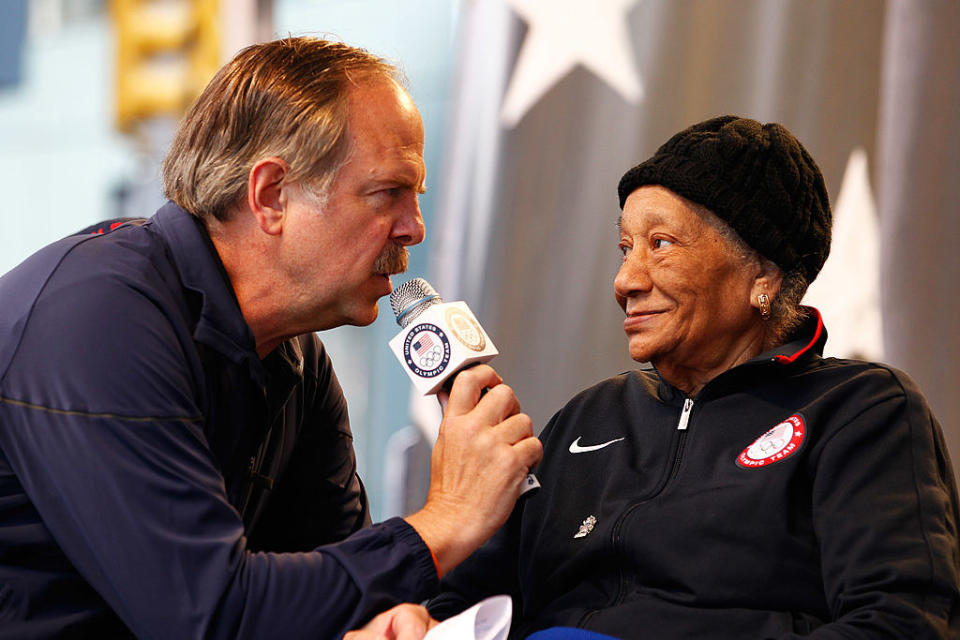
23.Effa Manley broke barriers in the sports world by becoming the first female owner of a professional sports team. Manley, who grew up in Philadelphia, moved to New York City, where she frequently attended Yankees games. During this time, Manley was involved in social causes and picketed in a campaign for local businesses to hire Black workers. In 1932, Manley attended a World Series game at Yankee Stadium, where she met her husband, Abe, who was well known in the baseball industry.

Together, they owned the Newark Eagles, a baseball team in the Negro Leagues. The Eagles ultimately won the Negro League World Series in 1946. People took notice of Manley's contributions to the team and praised her for her management and promotion styles. In 1946, Manley and her husband sold the team. Manley turned her focus to fighting for fair compensation and contracts for Negro League players. She helped players involved in the Negro League become seen as legitimate athletes and gain respect. Manley stood up for civil rights causes throughout her life and advocated for Negro League players to be inducted into the Major League Baseball Hall of Fame. In 2006, she became the first woman inducted into the Major League Baseball Hall of Fame.

24.And finally, Maya Lin was the Yale architecture student who created the winning design for the Vietnam Veterans War Memorial in Washington, DC. Lin's parents had both fled China during the Communist takeover in the 1940s and met once they moved to America. They raised Lin and her brother in Athens, Ohio, where they both worked as professors at Ohio University. Lin eventually headed to Yale to study architecture. She designed a blueprint for the Vietnam Veterans War Memorial as part of a class project. Lin eventually decided to submit her project to the design competition, where it beat out 1,200 other entries. She was just 21 years old.
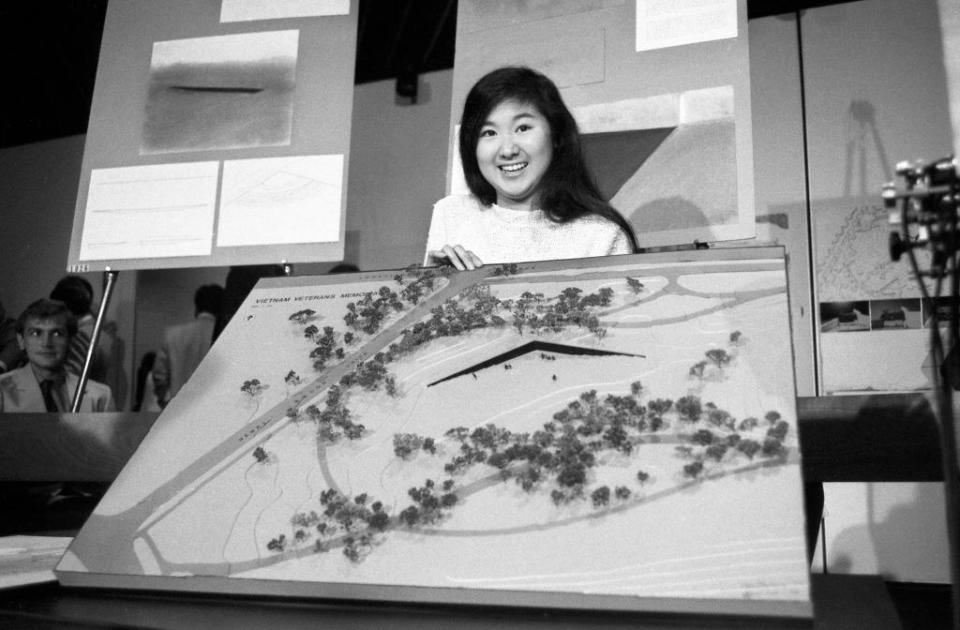
Lin's design was seen as untraditional and received major backlash when it was announced. At the dedication ceremony for the memorial in 1982, Lin's name was never even mentioned due to the controversy. She eventually returned to Yale as a graduate student. After graduating, Lin went on to create more large-scale art and architectural work, including the Langston Hughes Library for the Children’s Defense Fund in Clinton, Tennessee, the federal courthouse in New York City, and the Civil Rights Memorial in Montgomery, Alabama. In 2016, Barack Obama awarded Lin with the Presidential Medal of Freedom, the nation's highest civilian honor.
